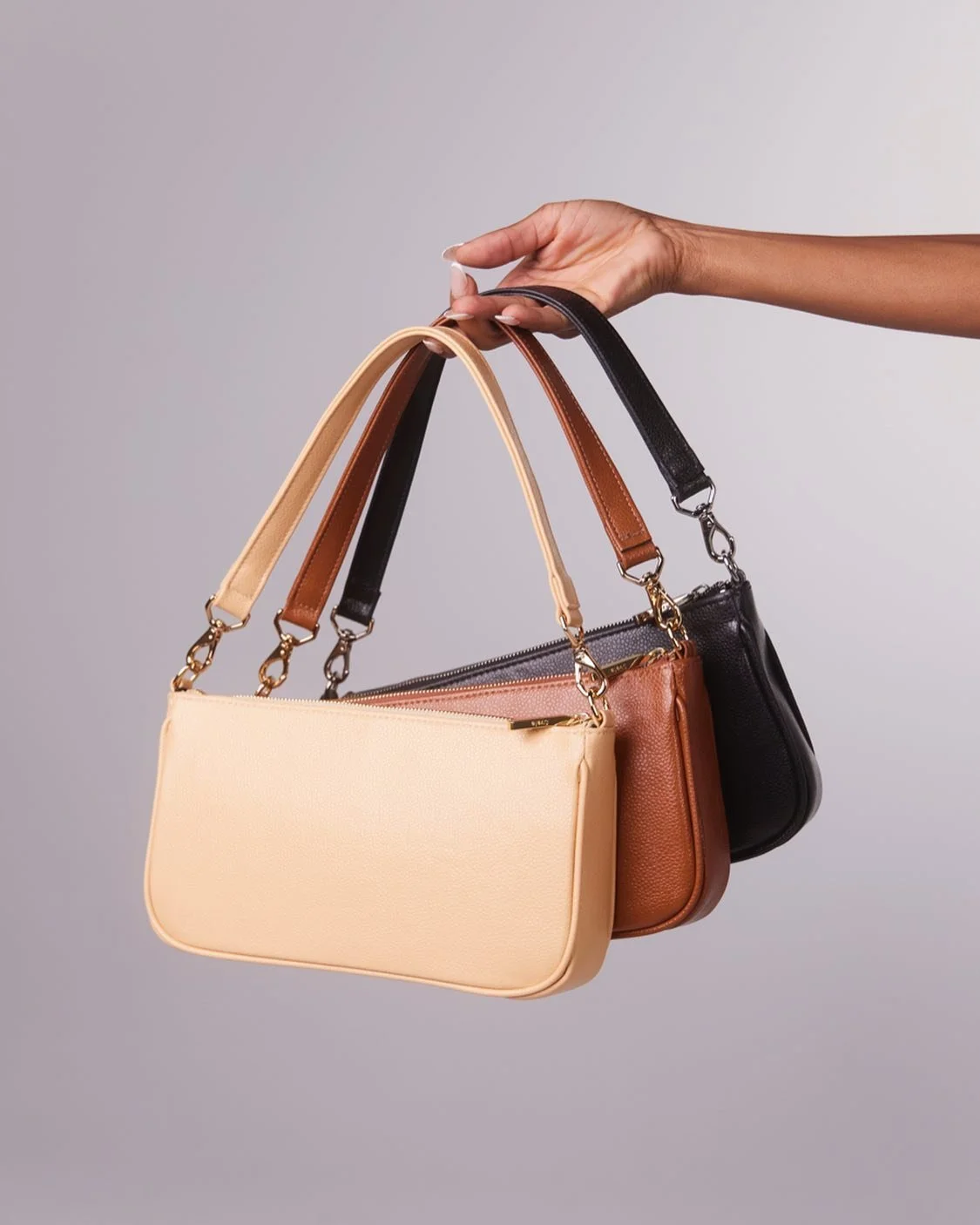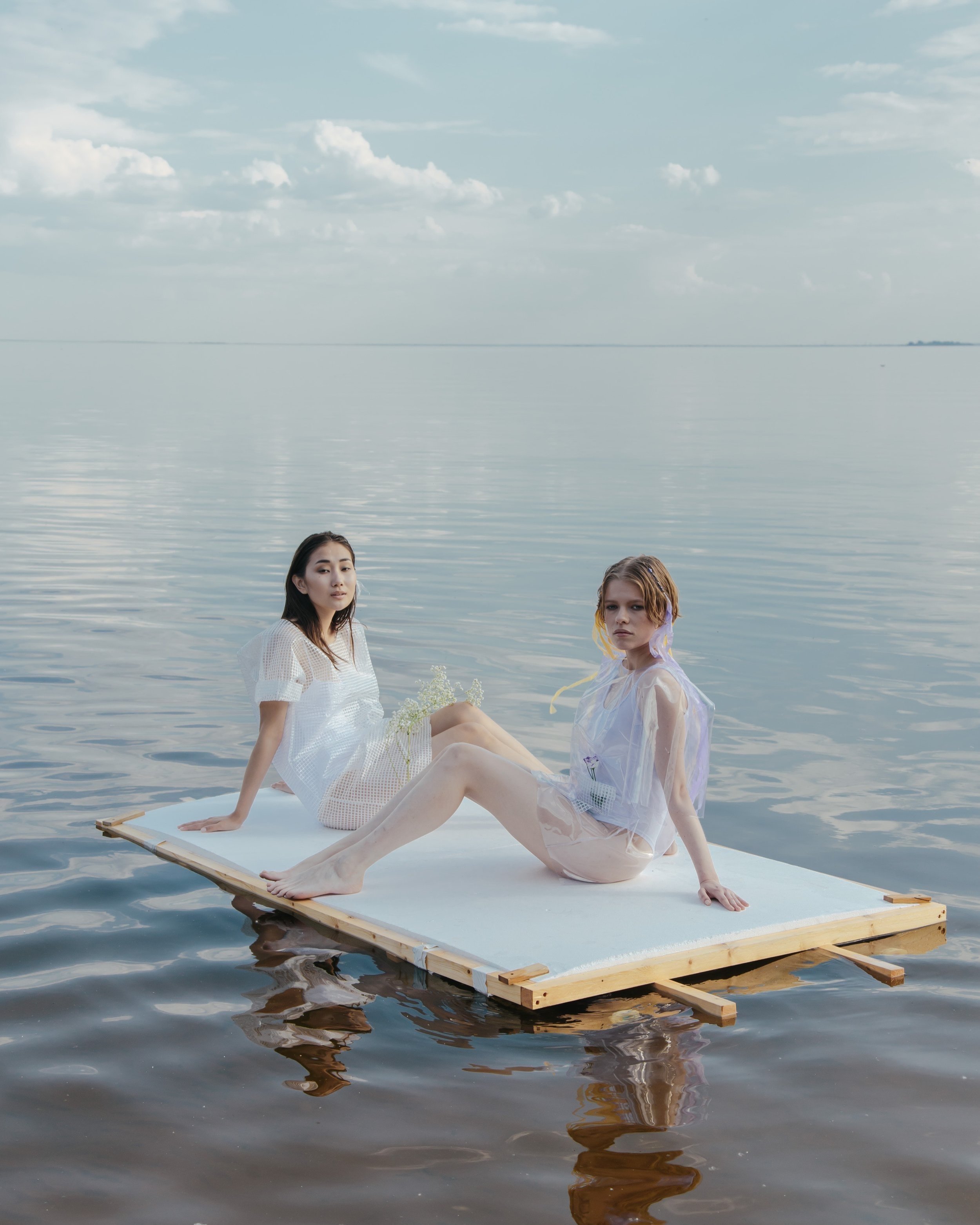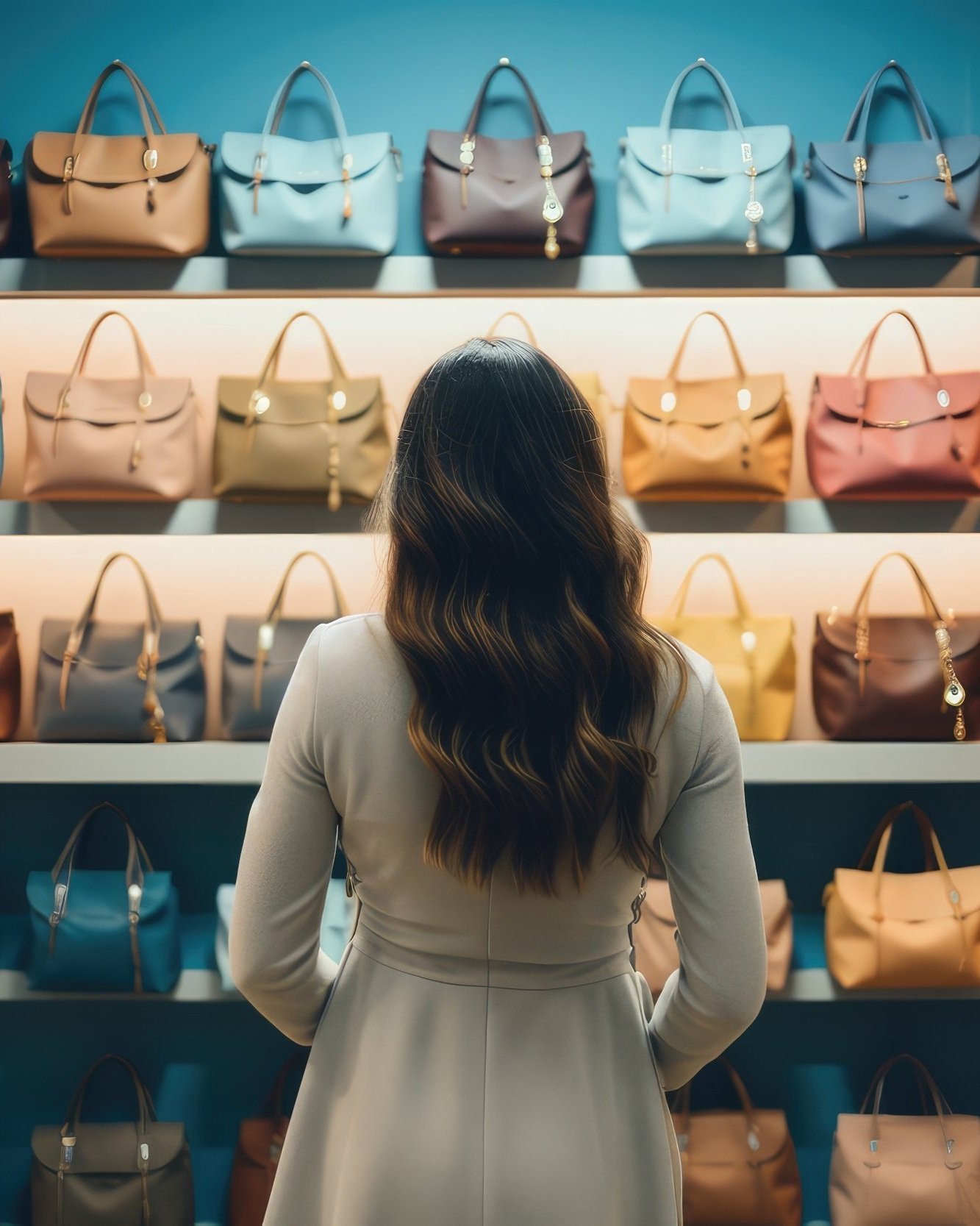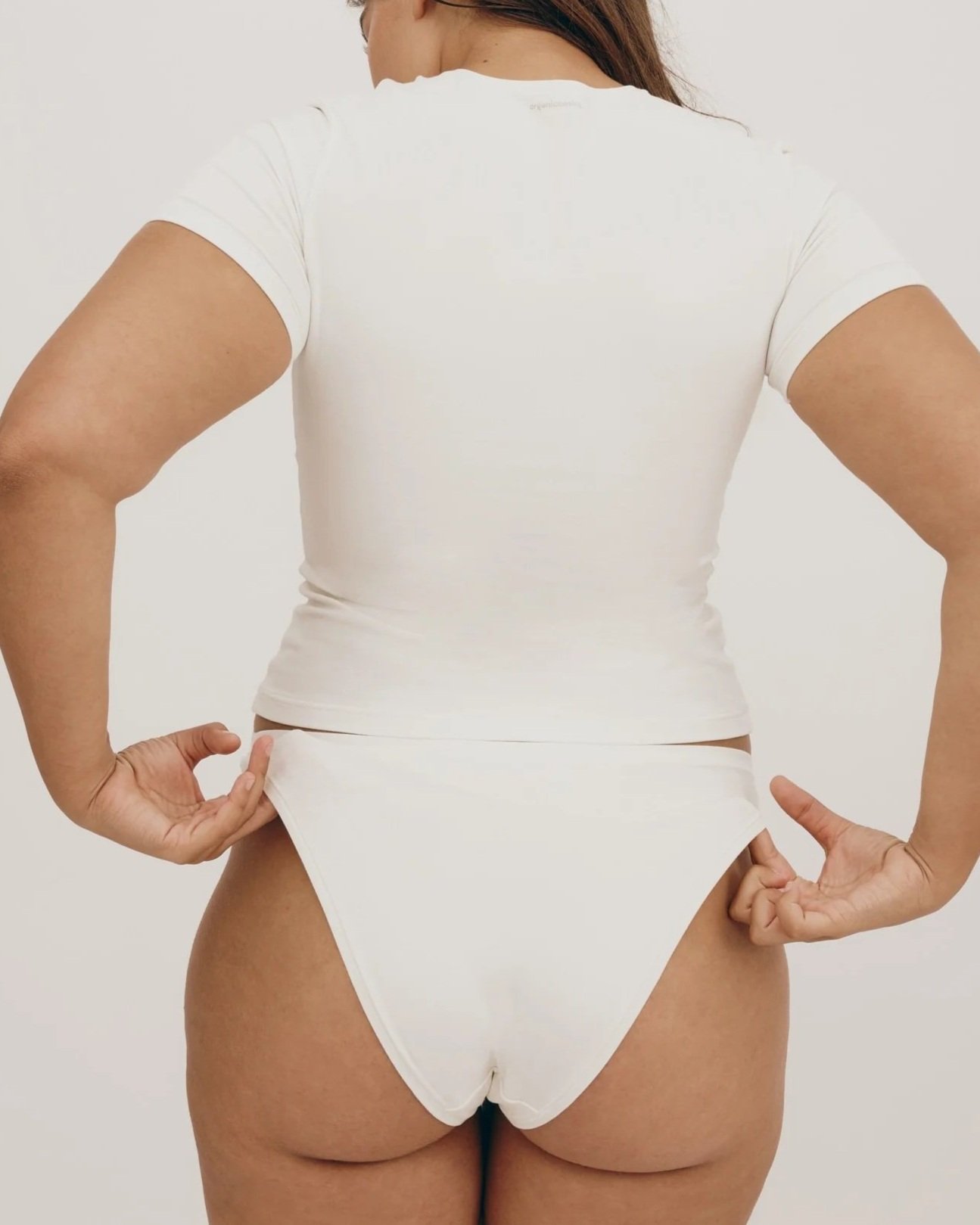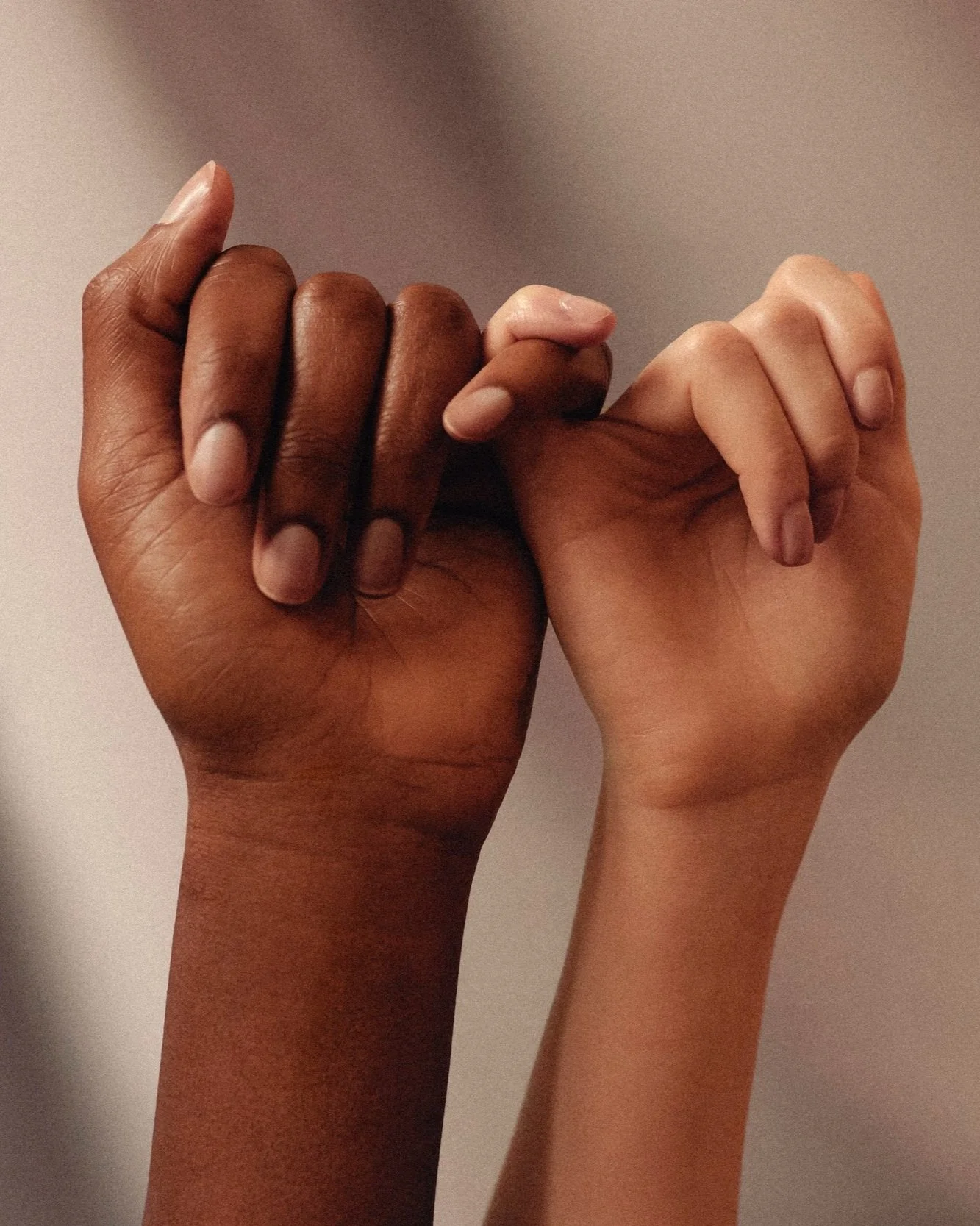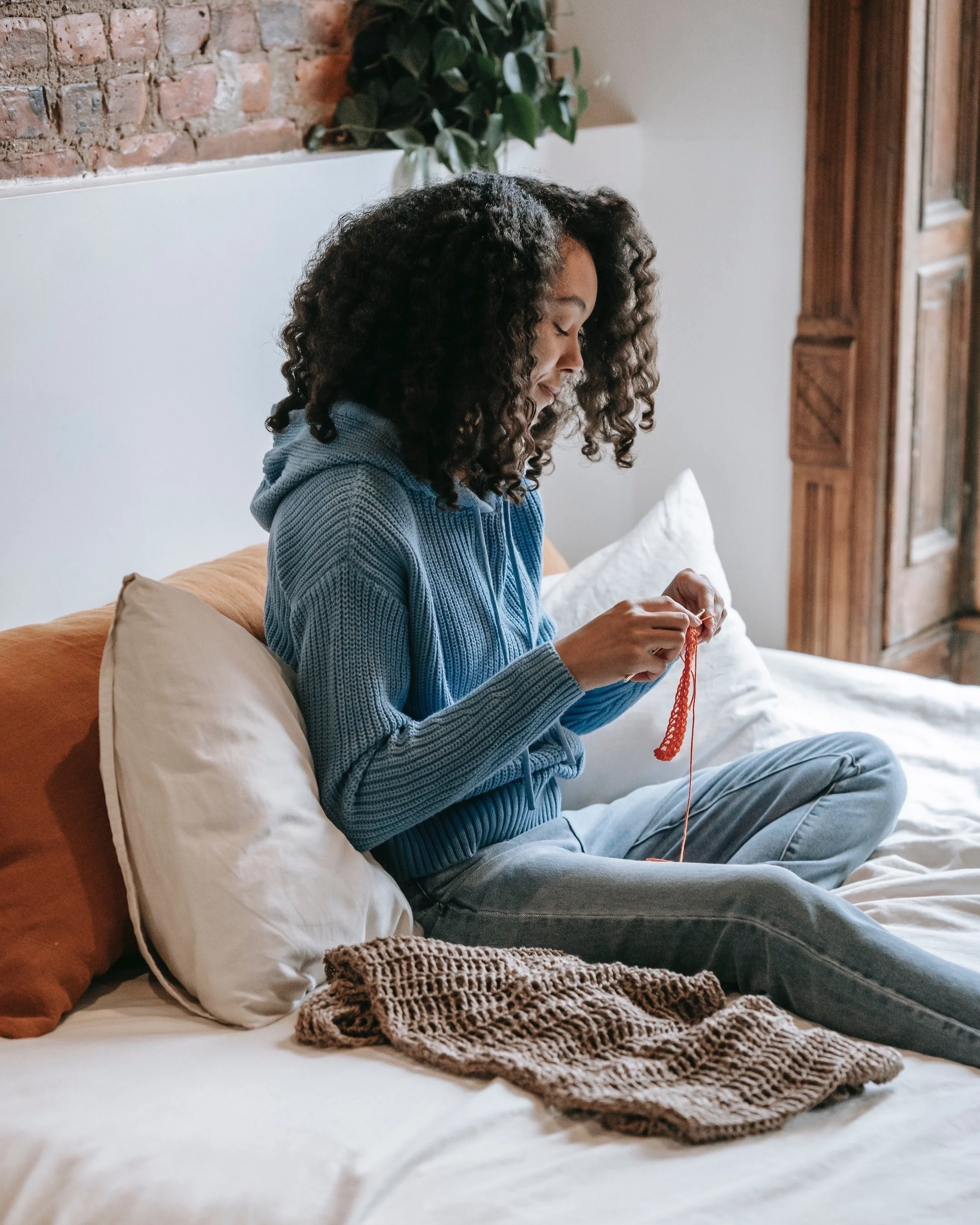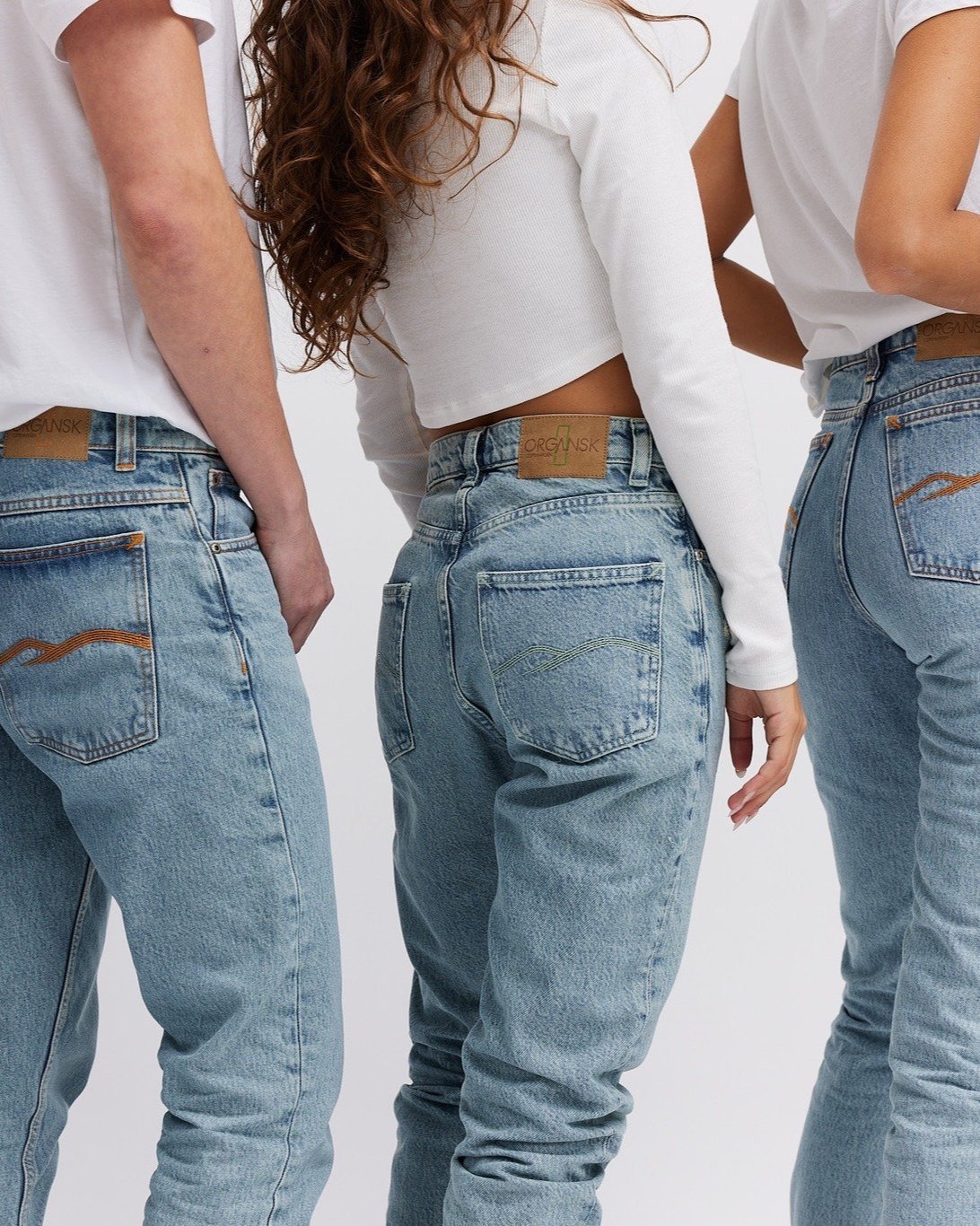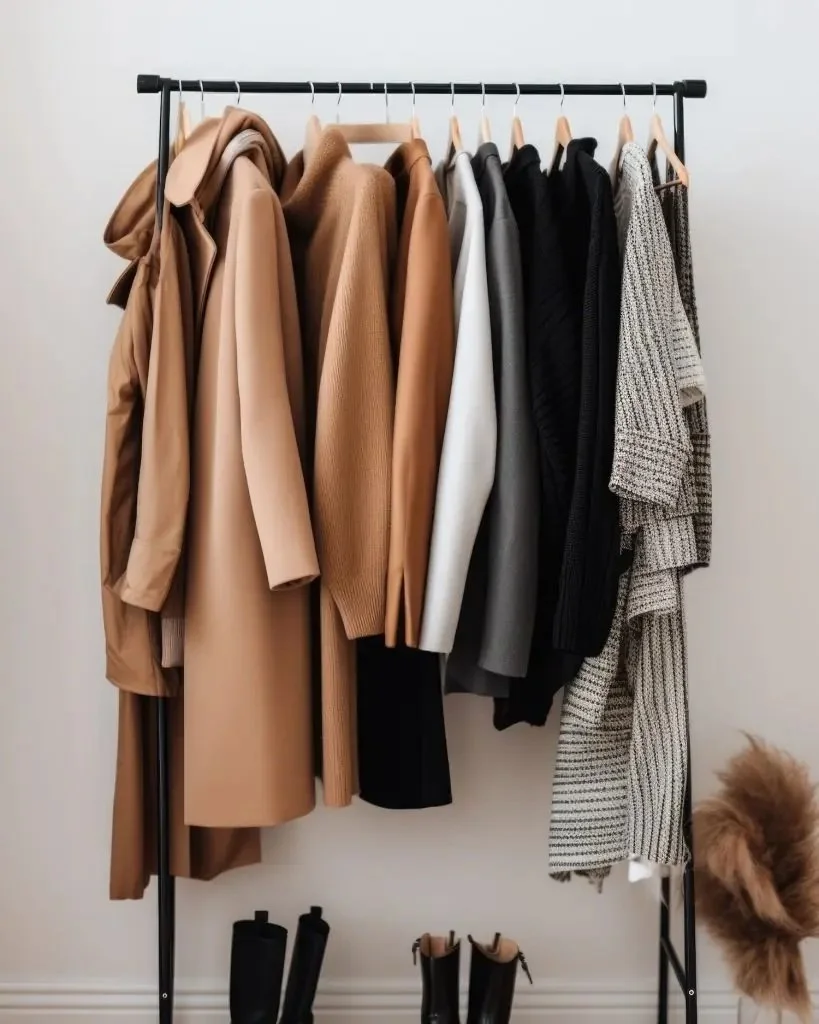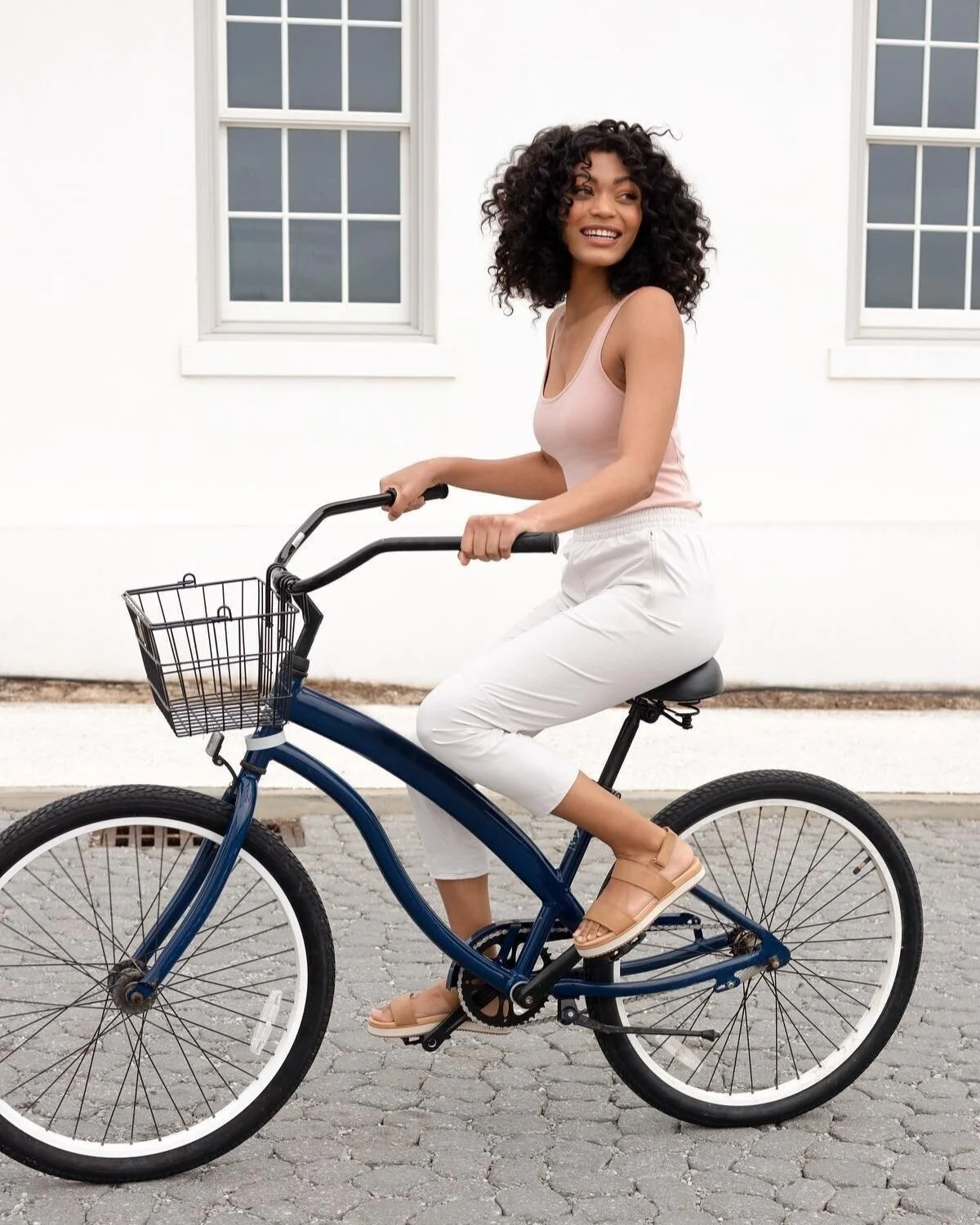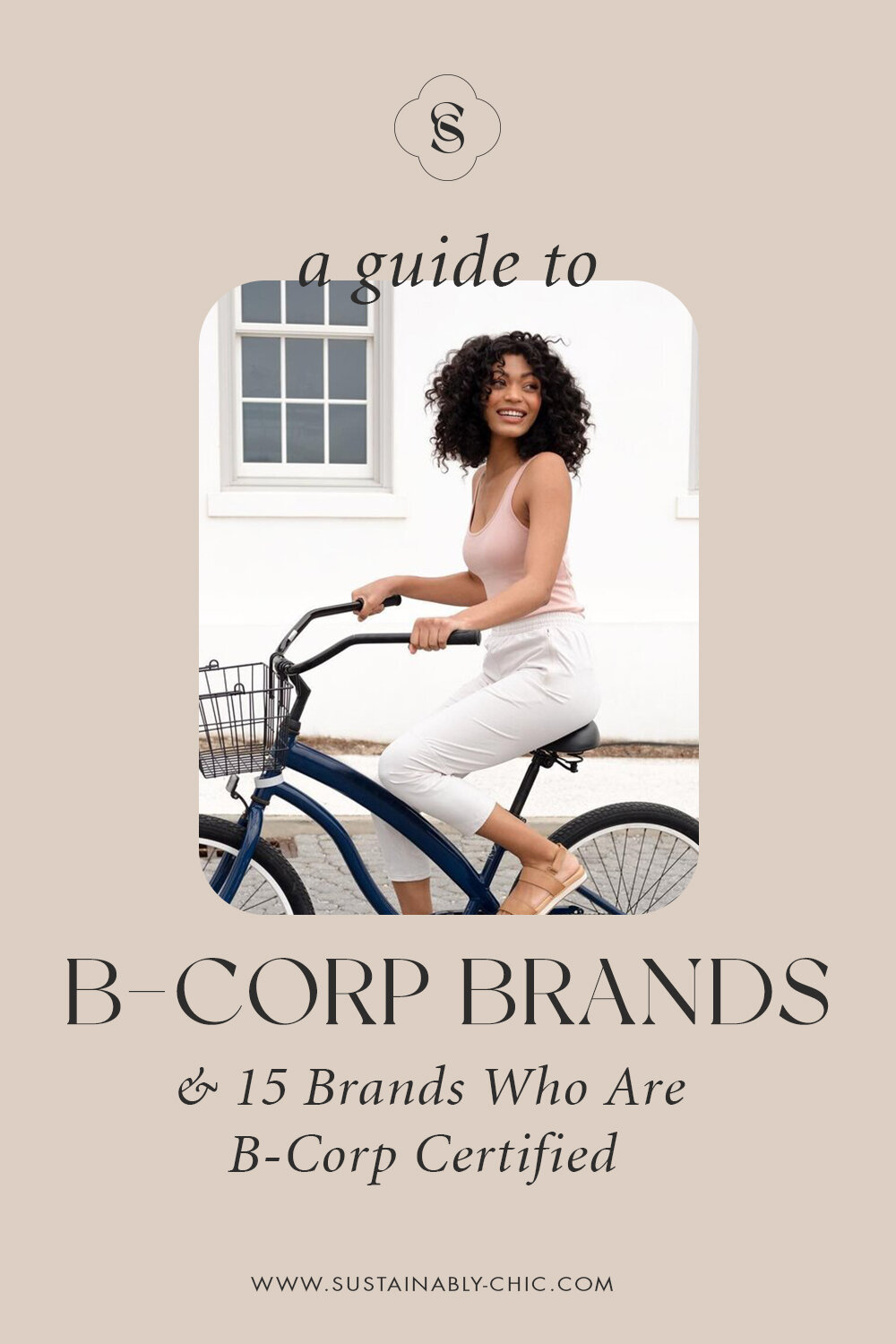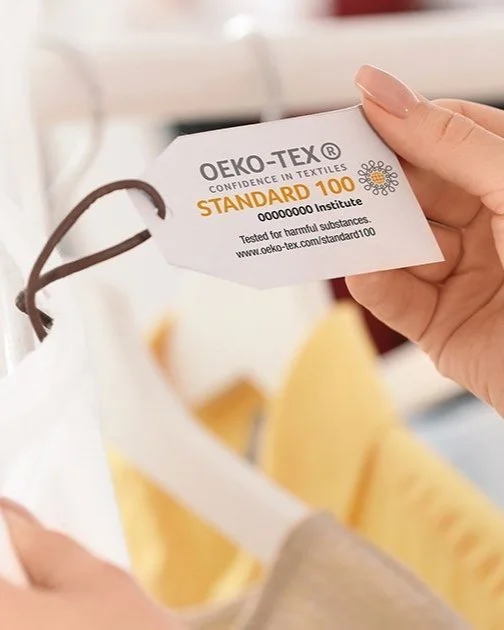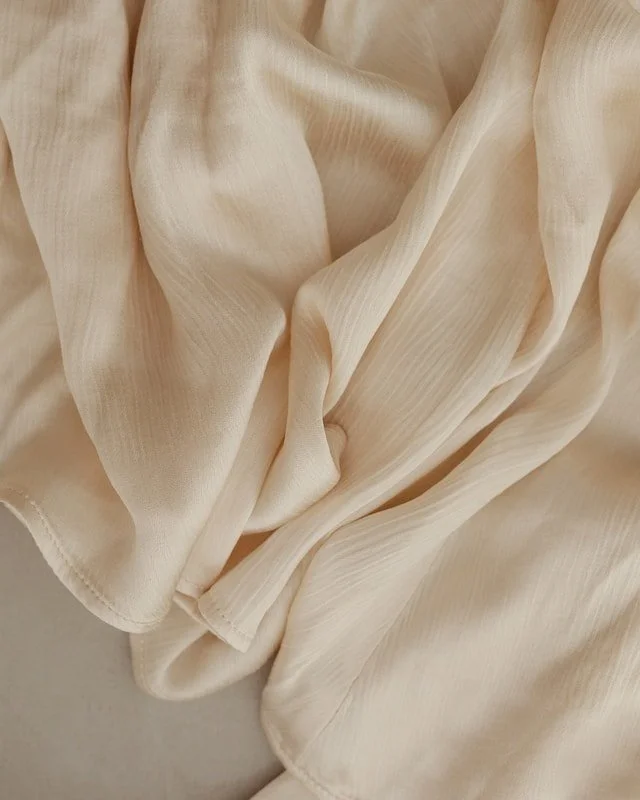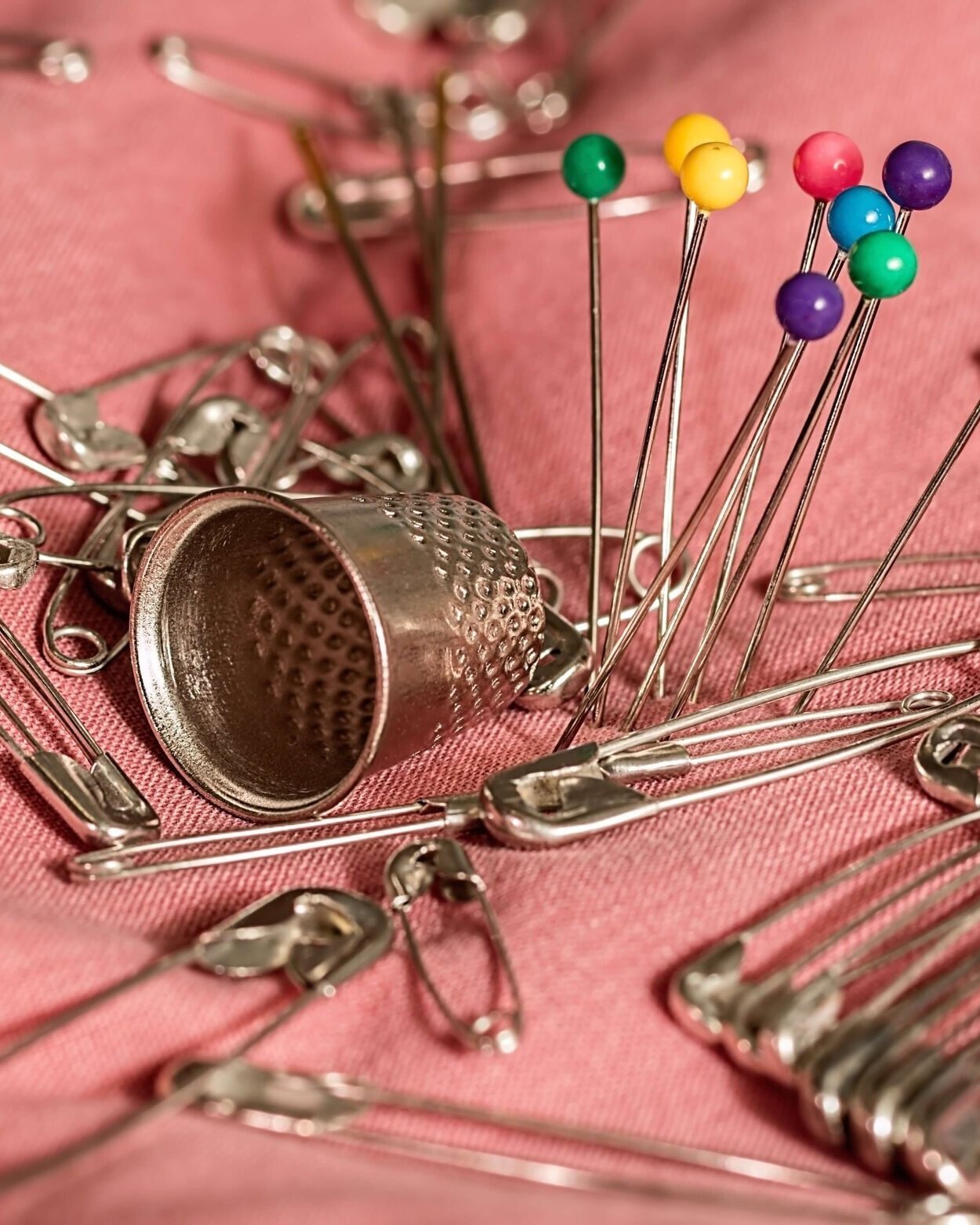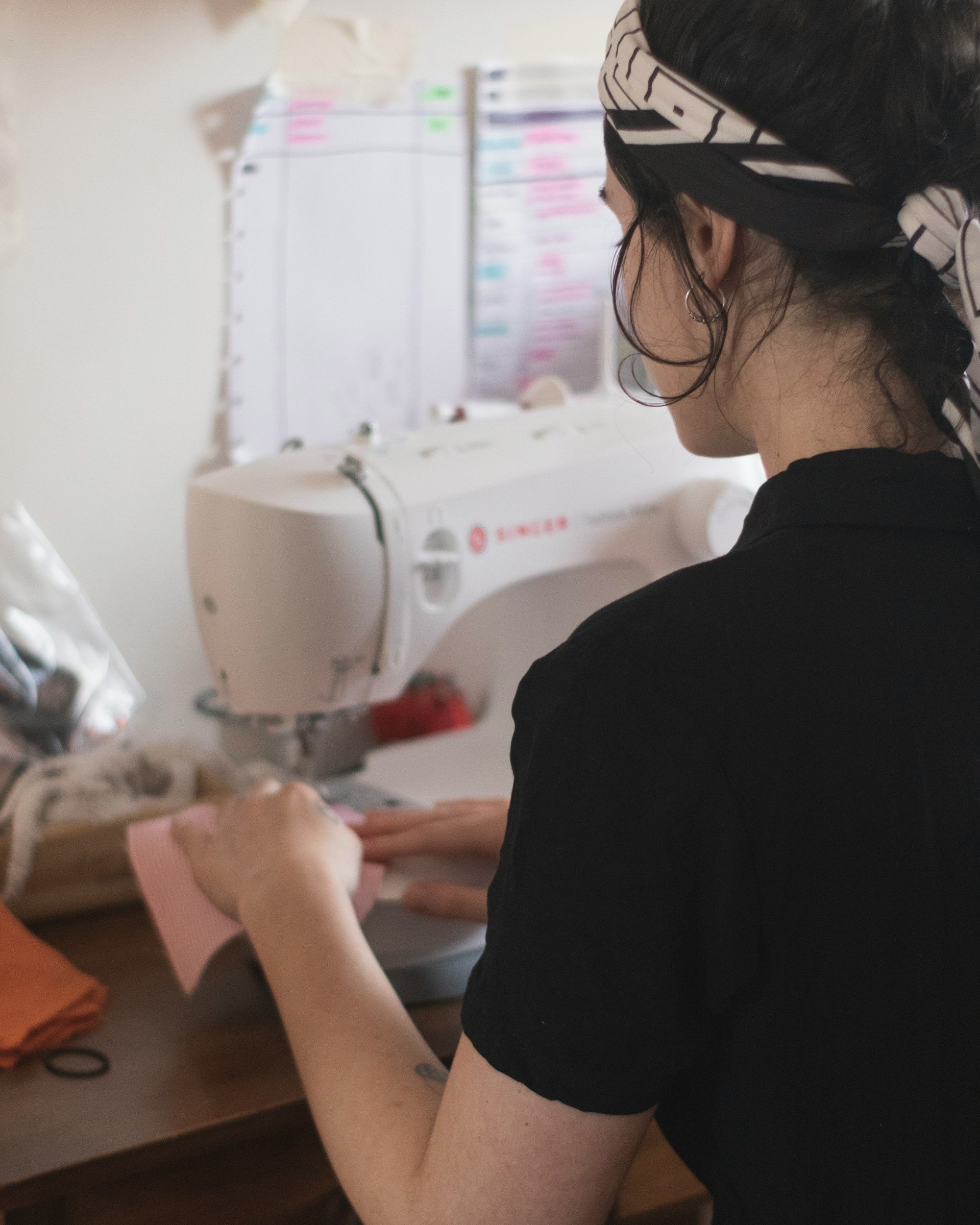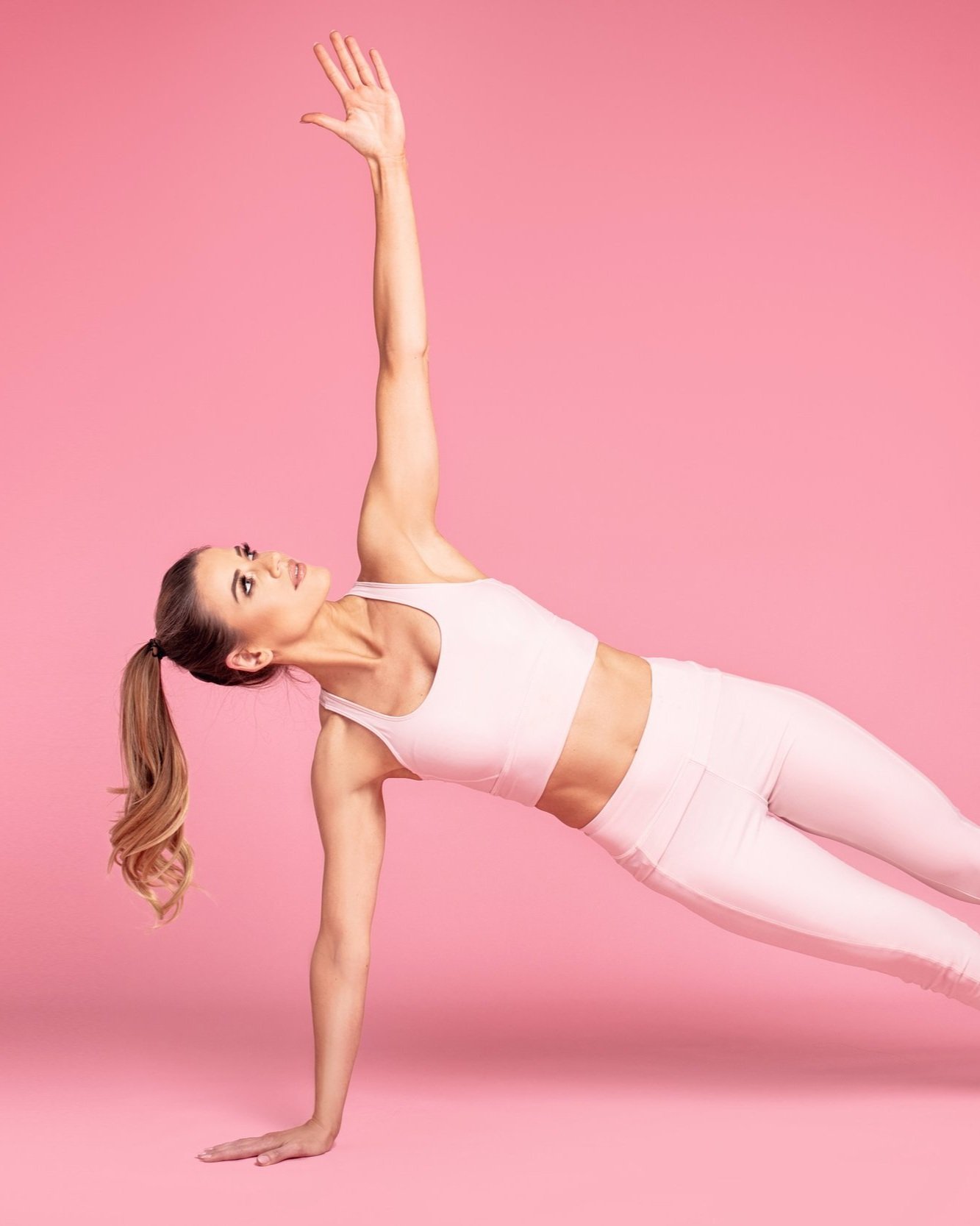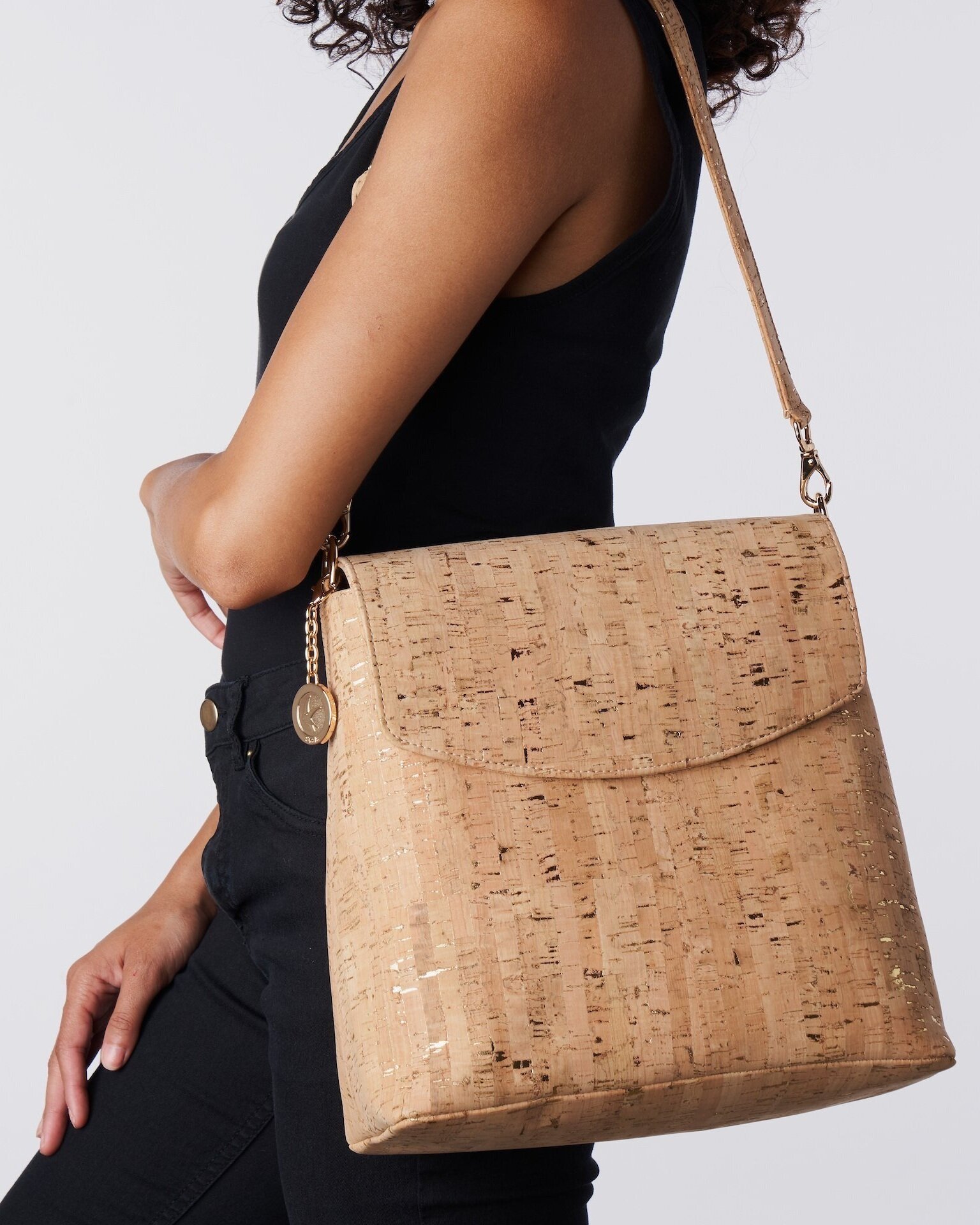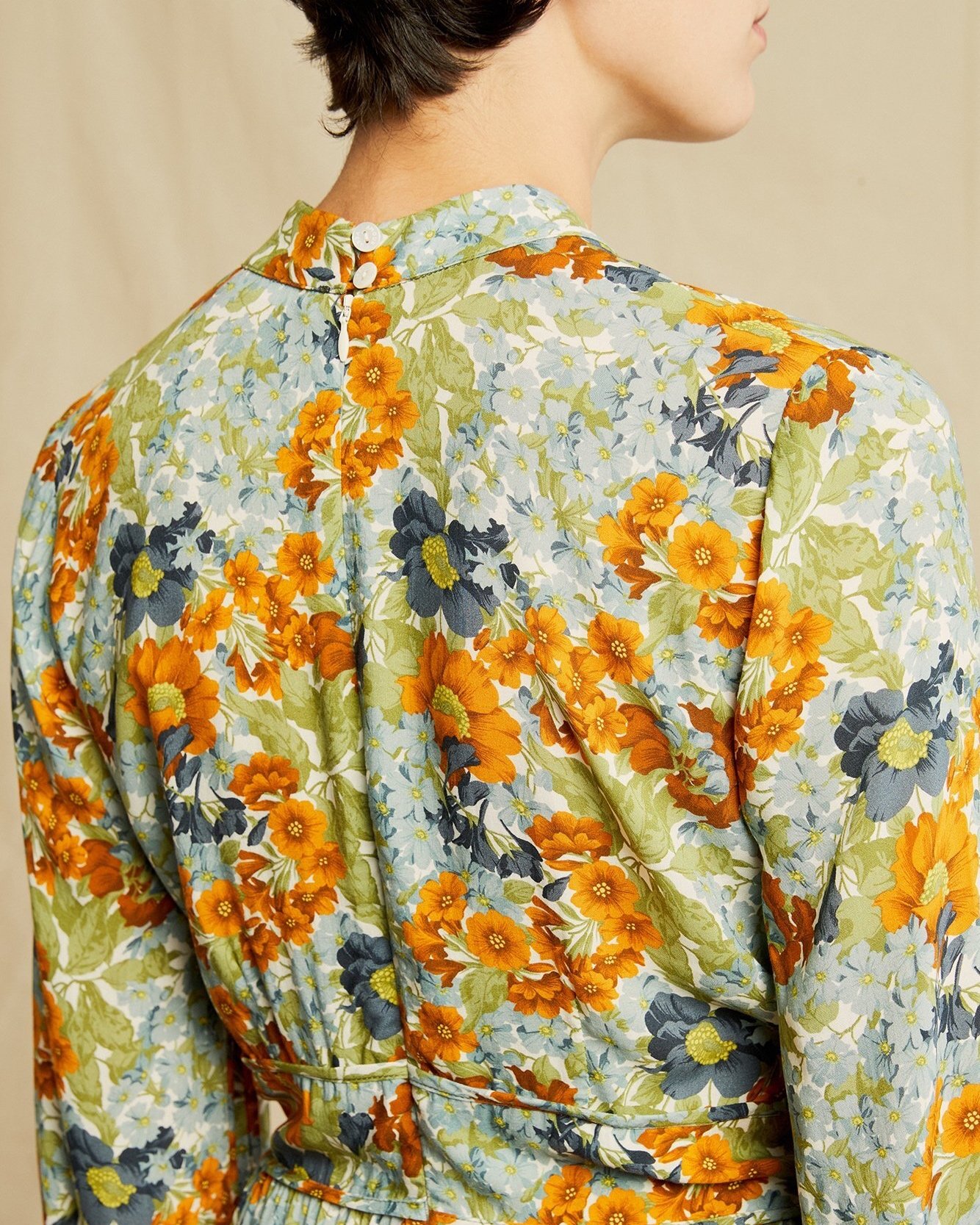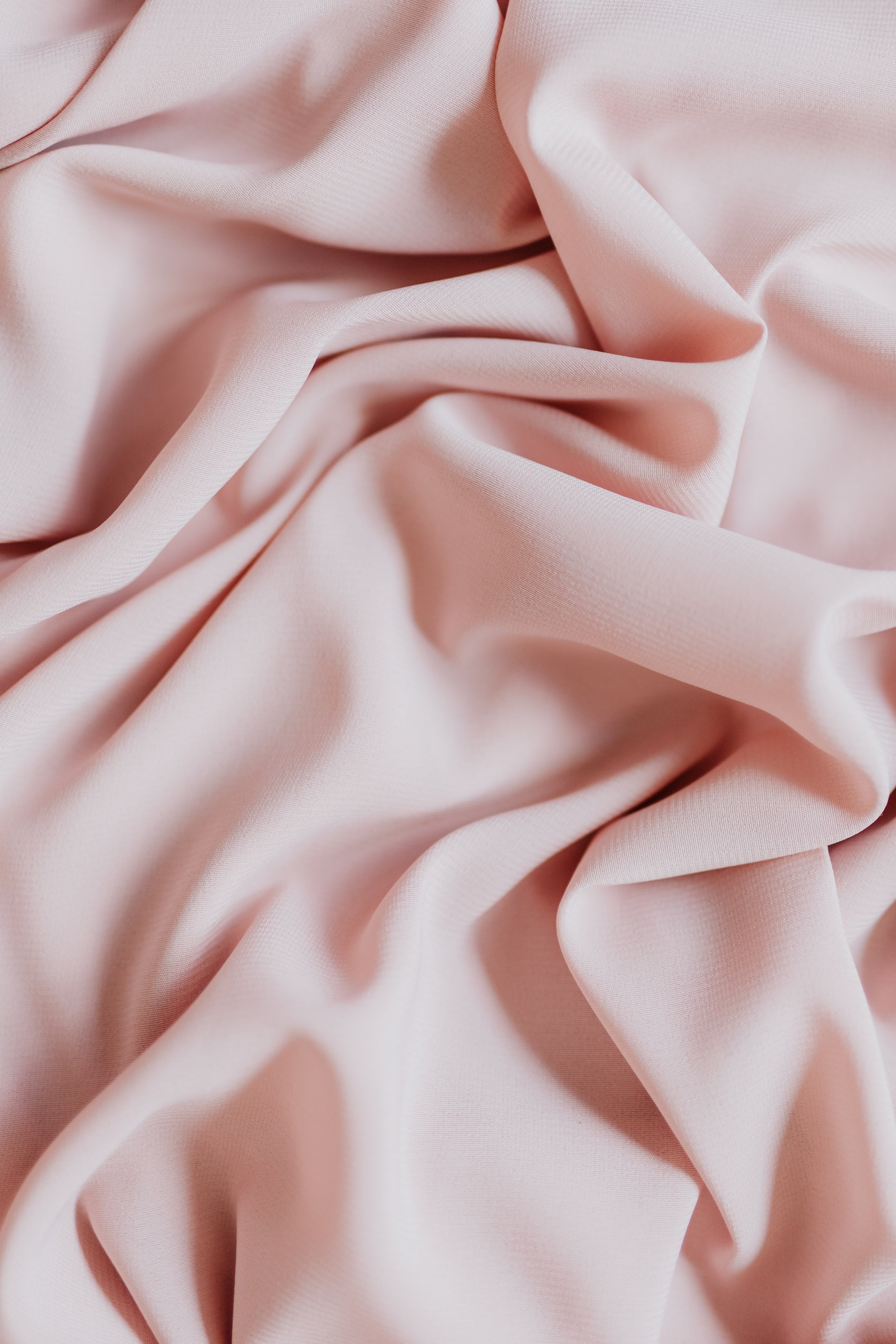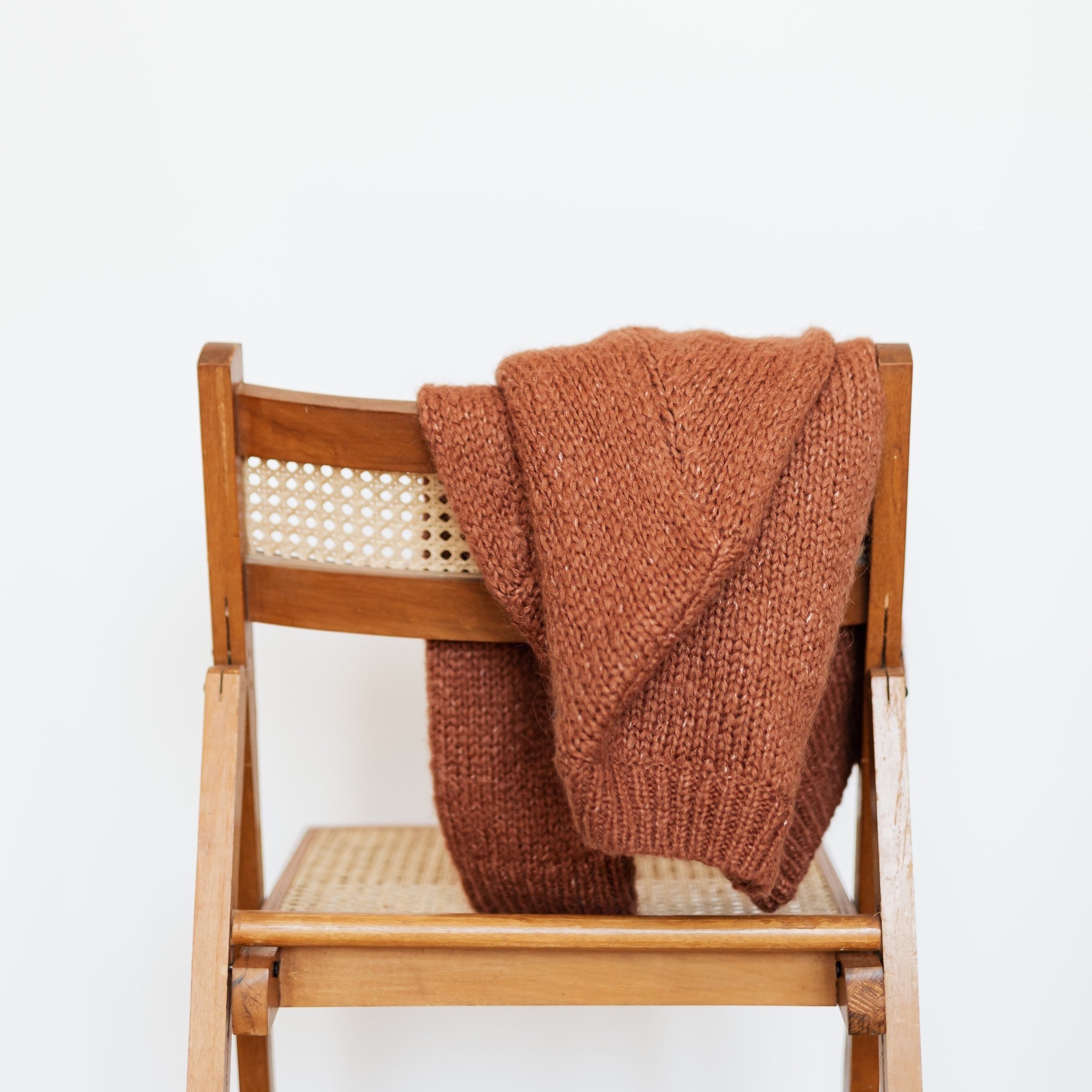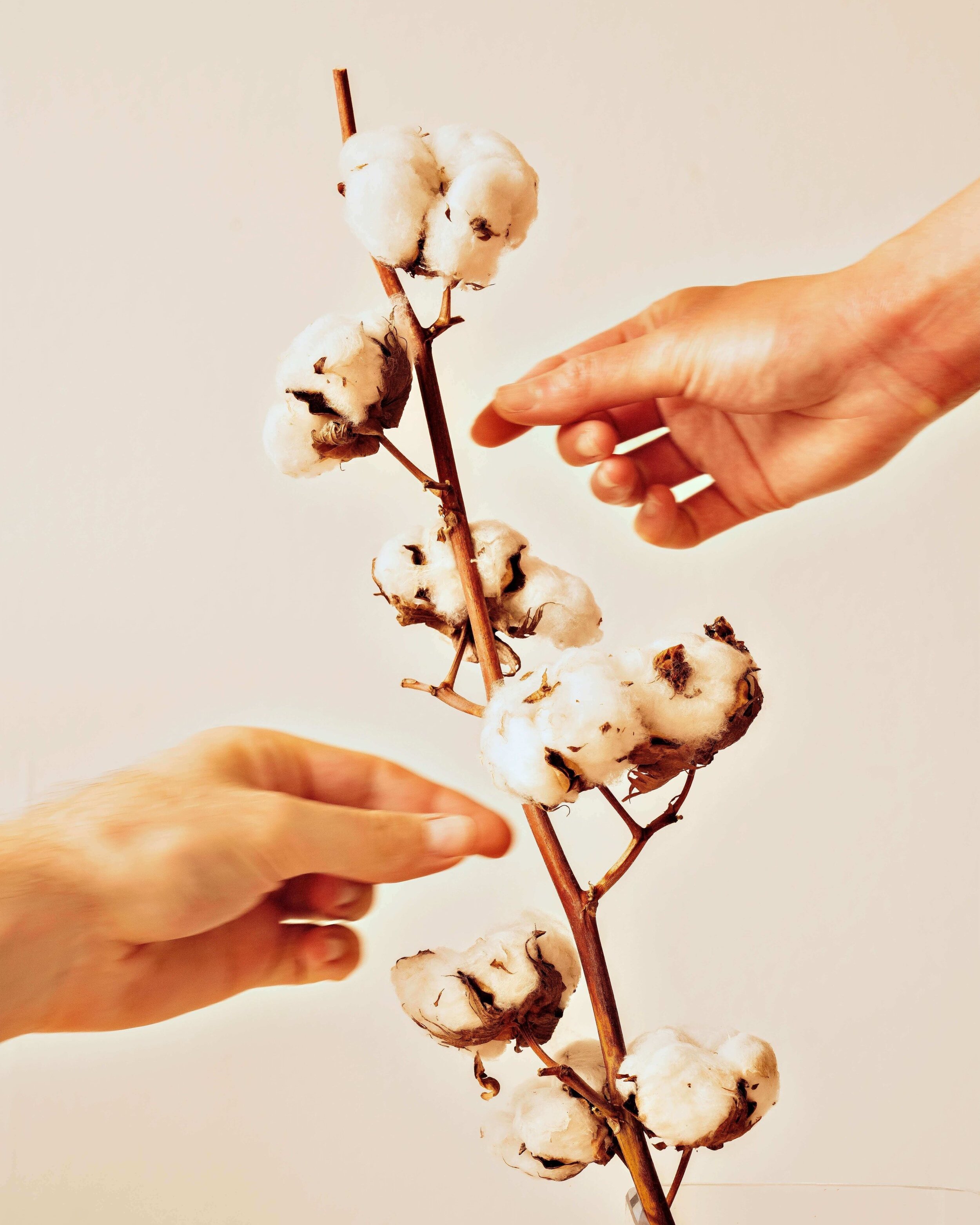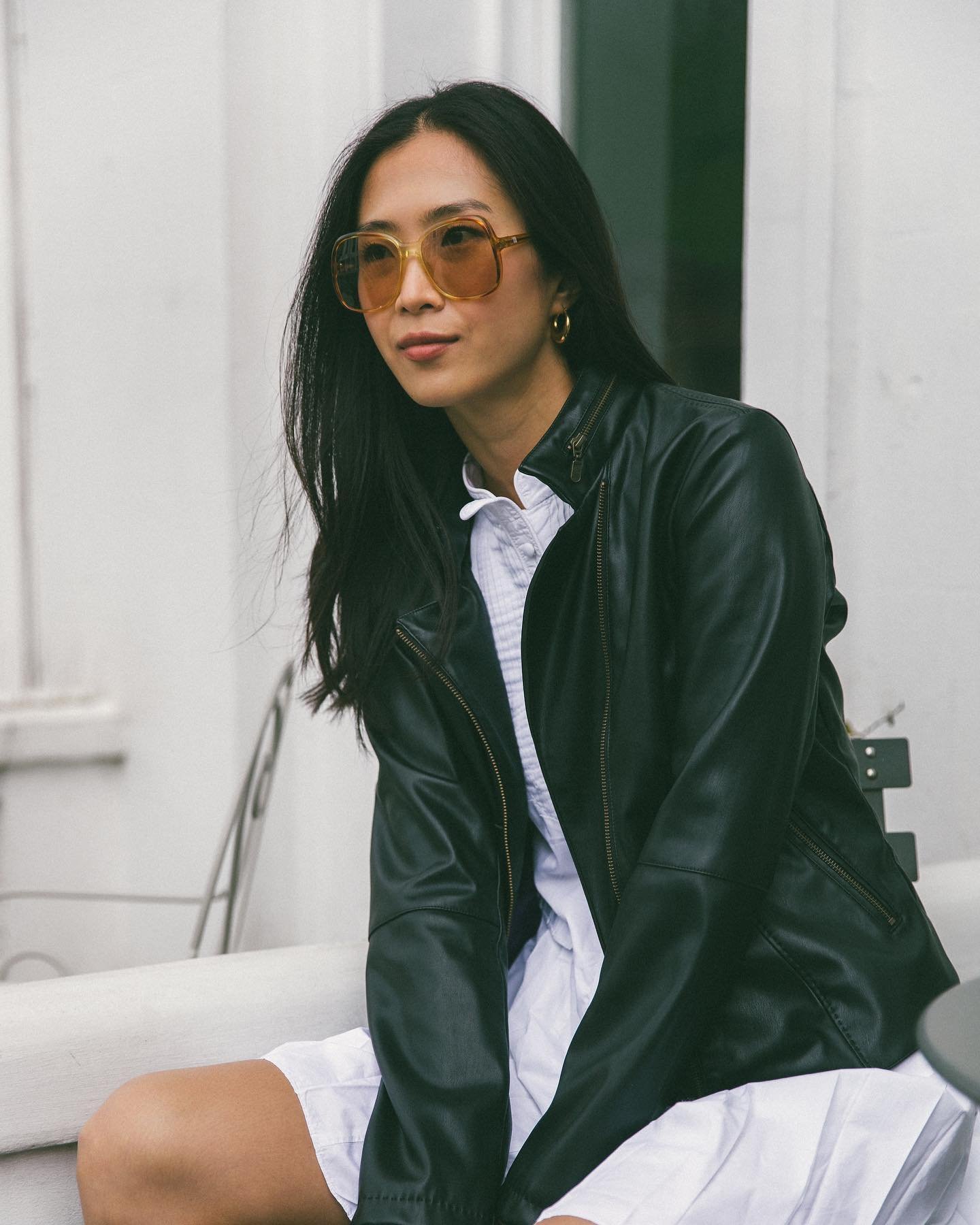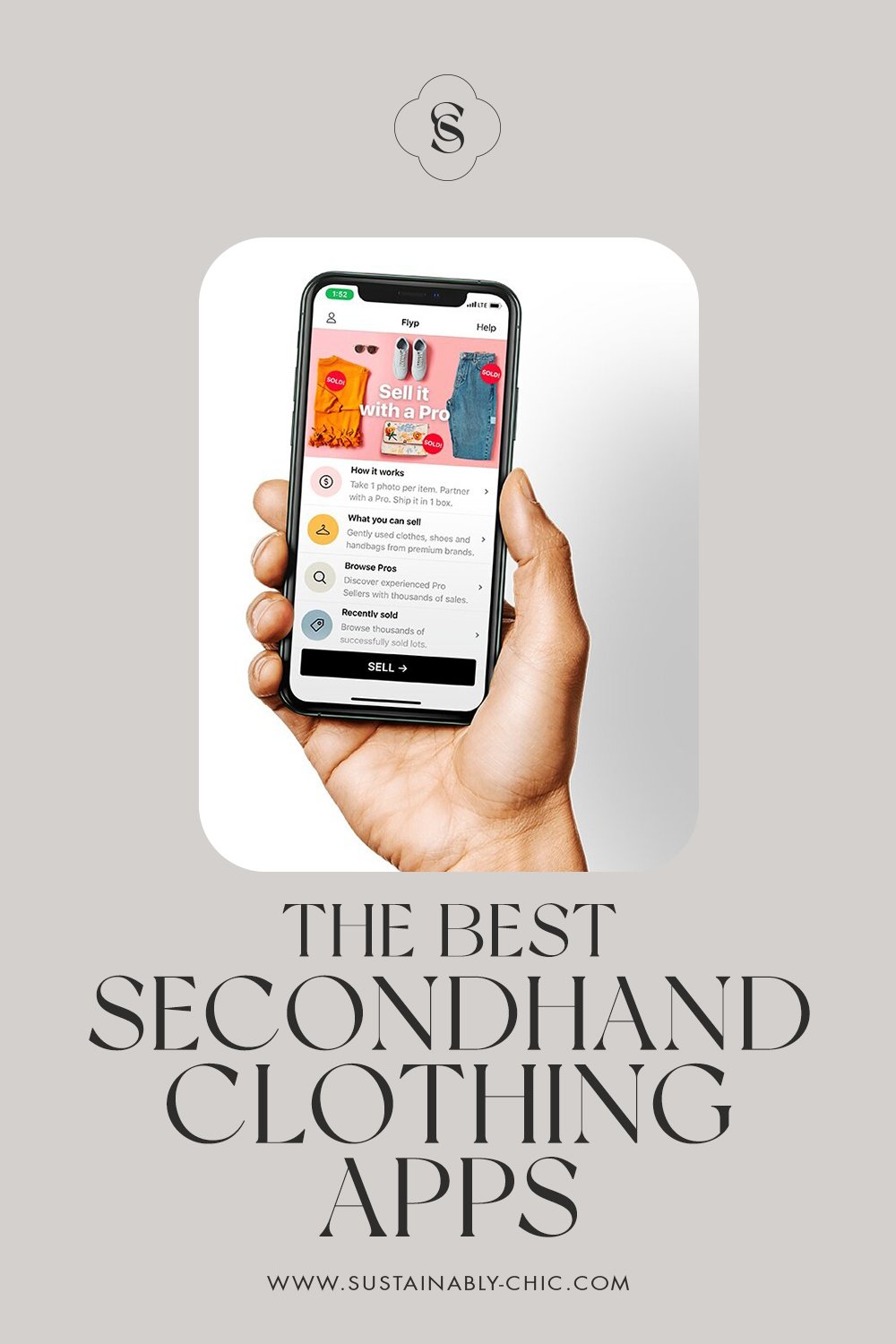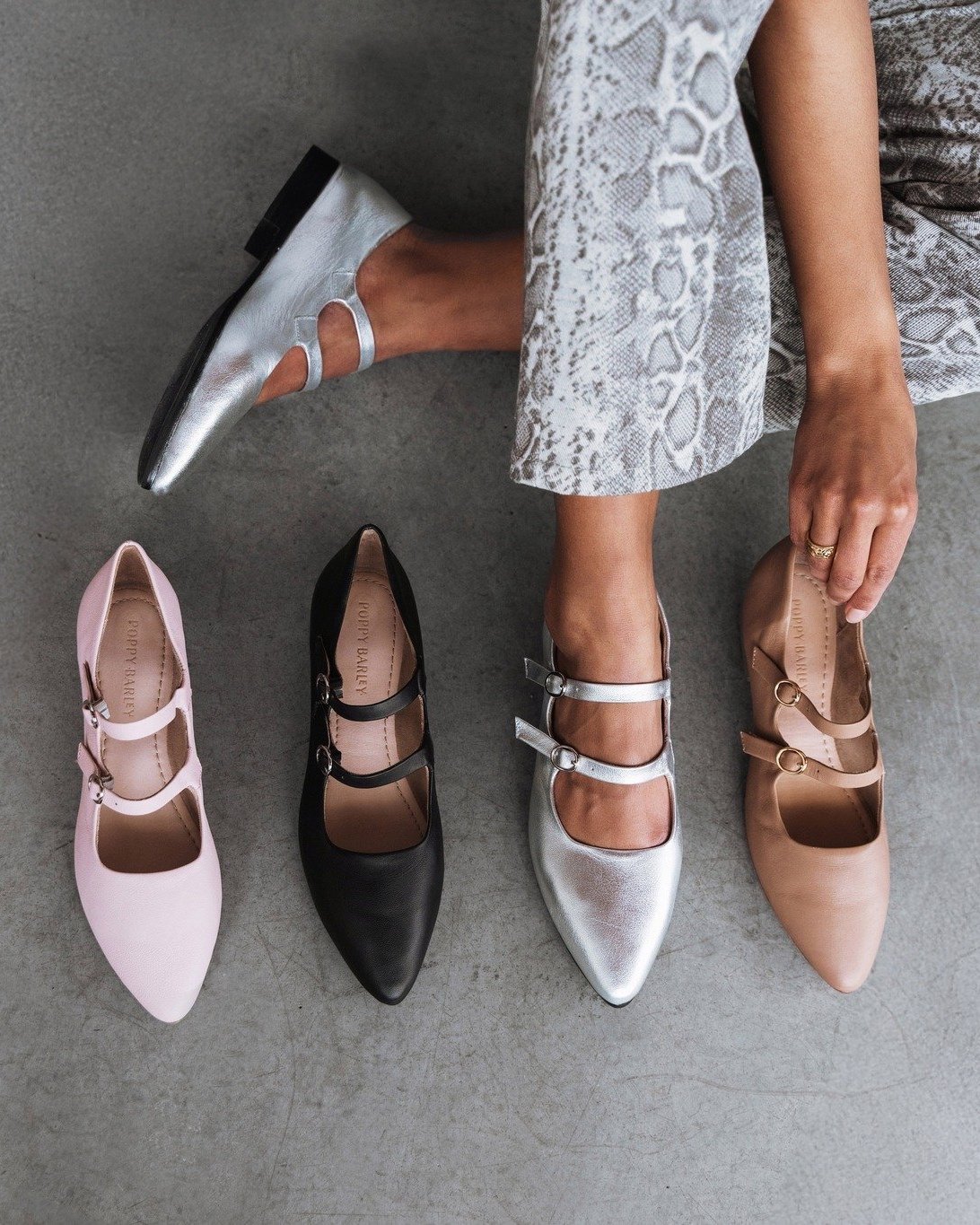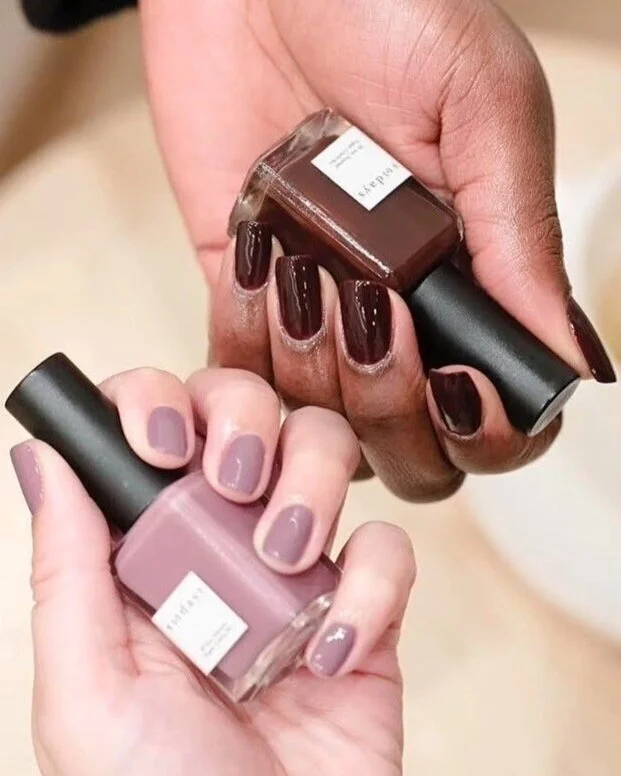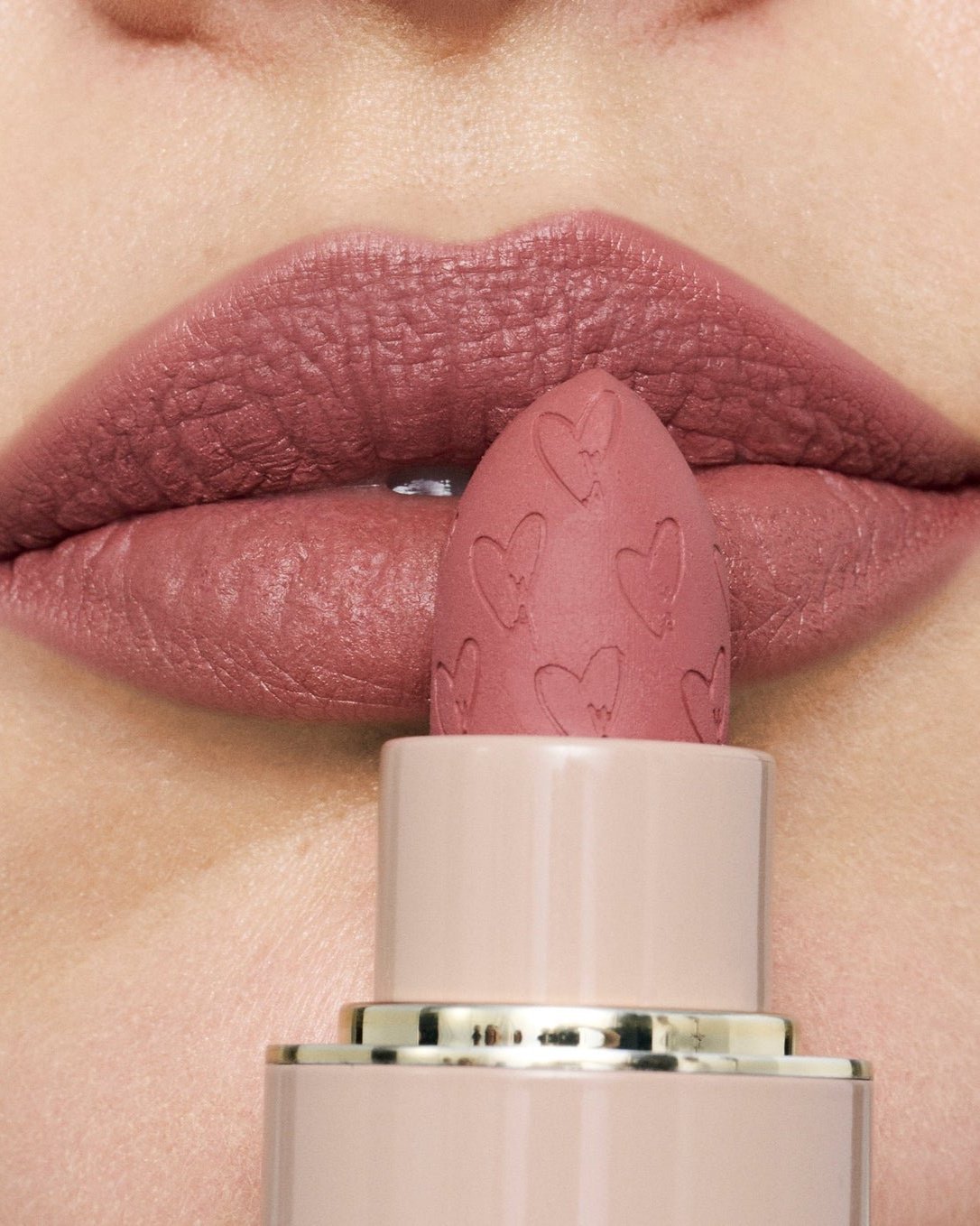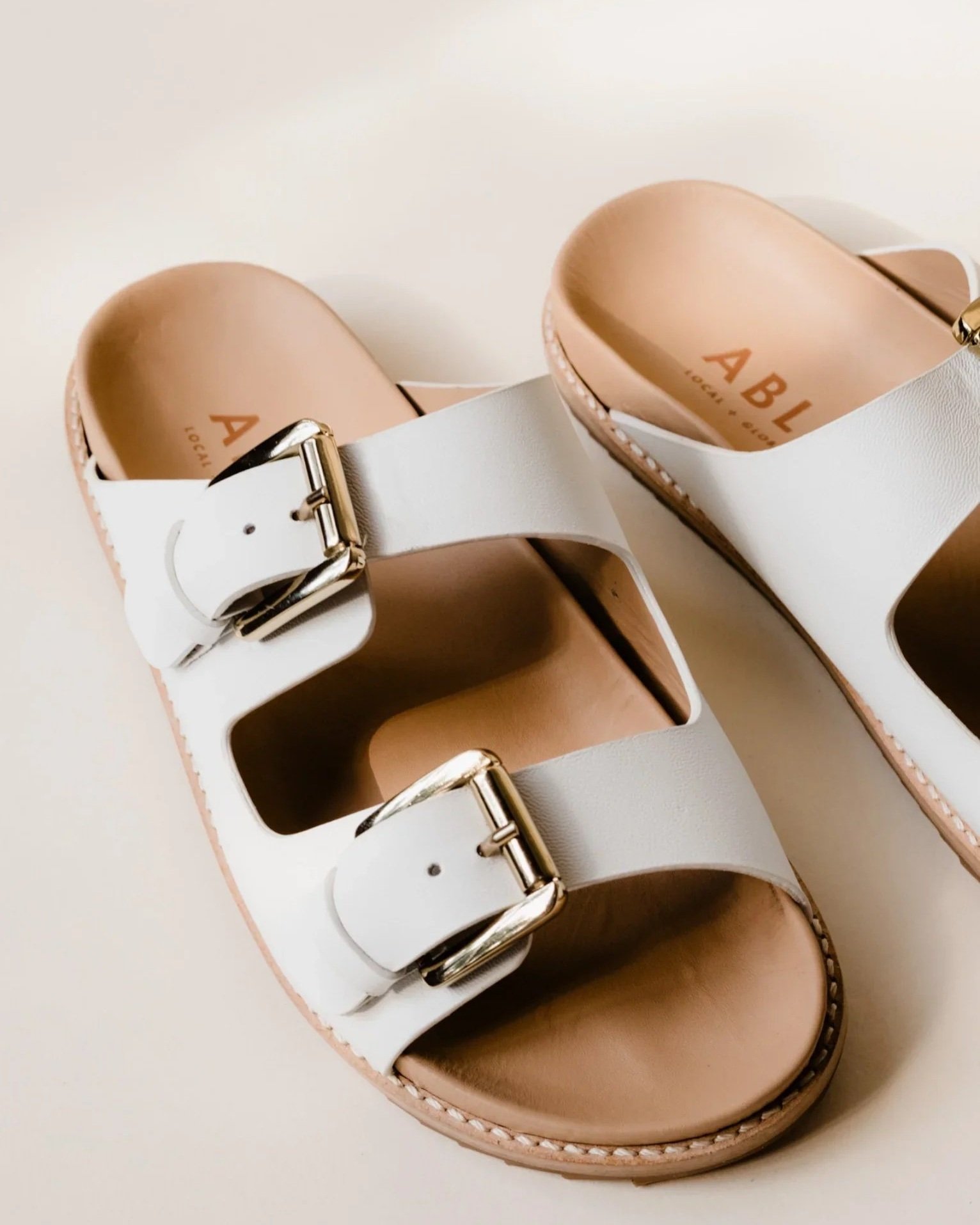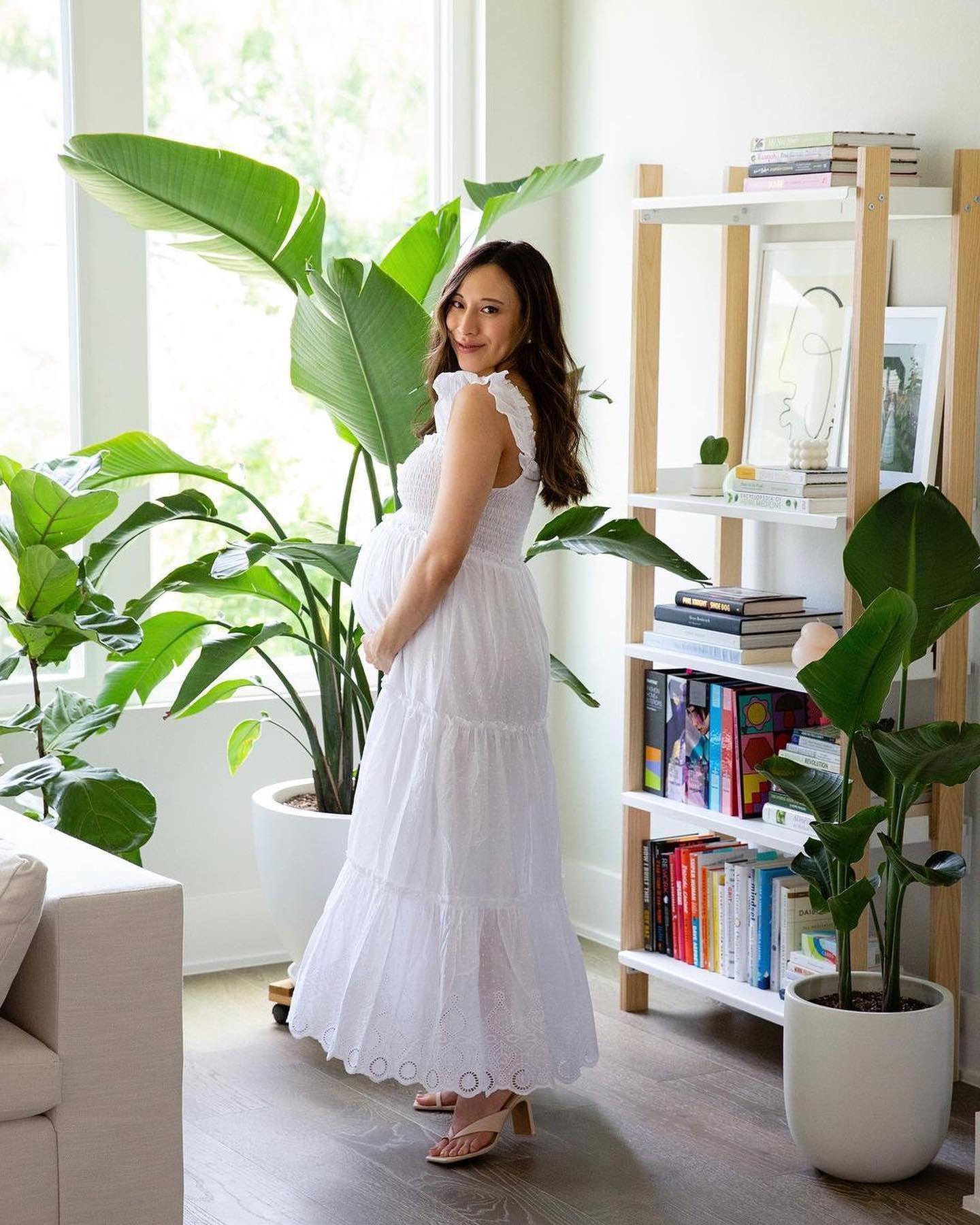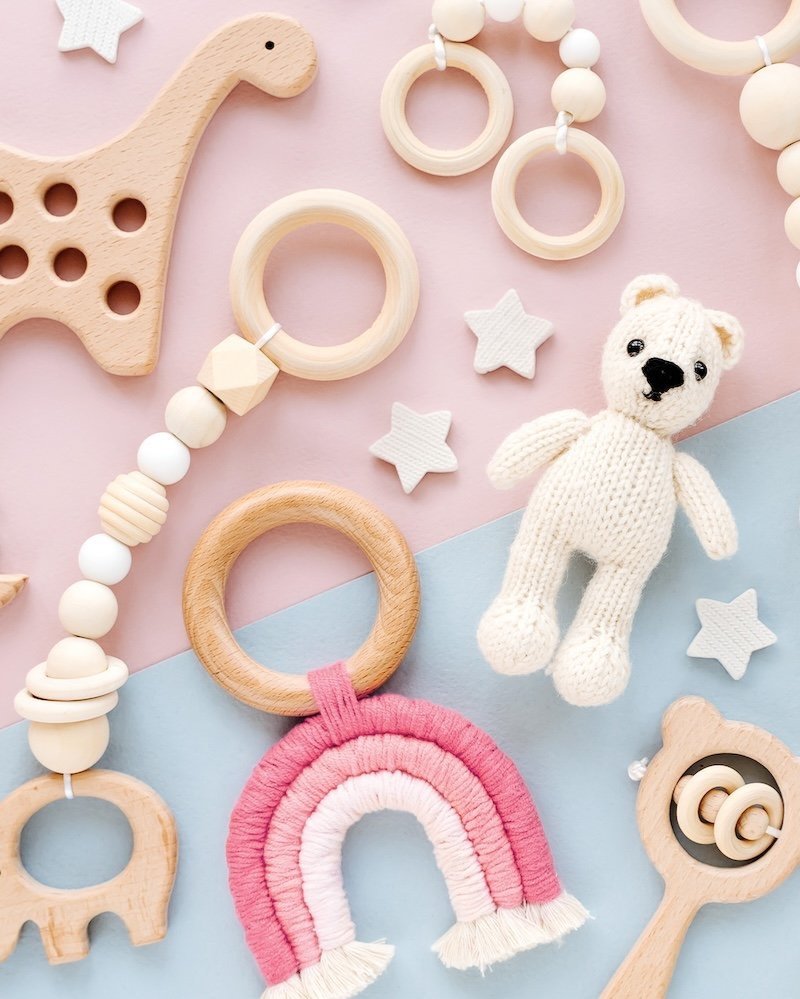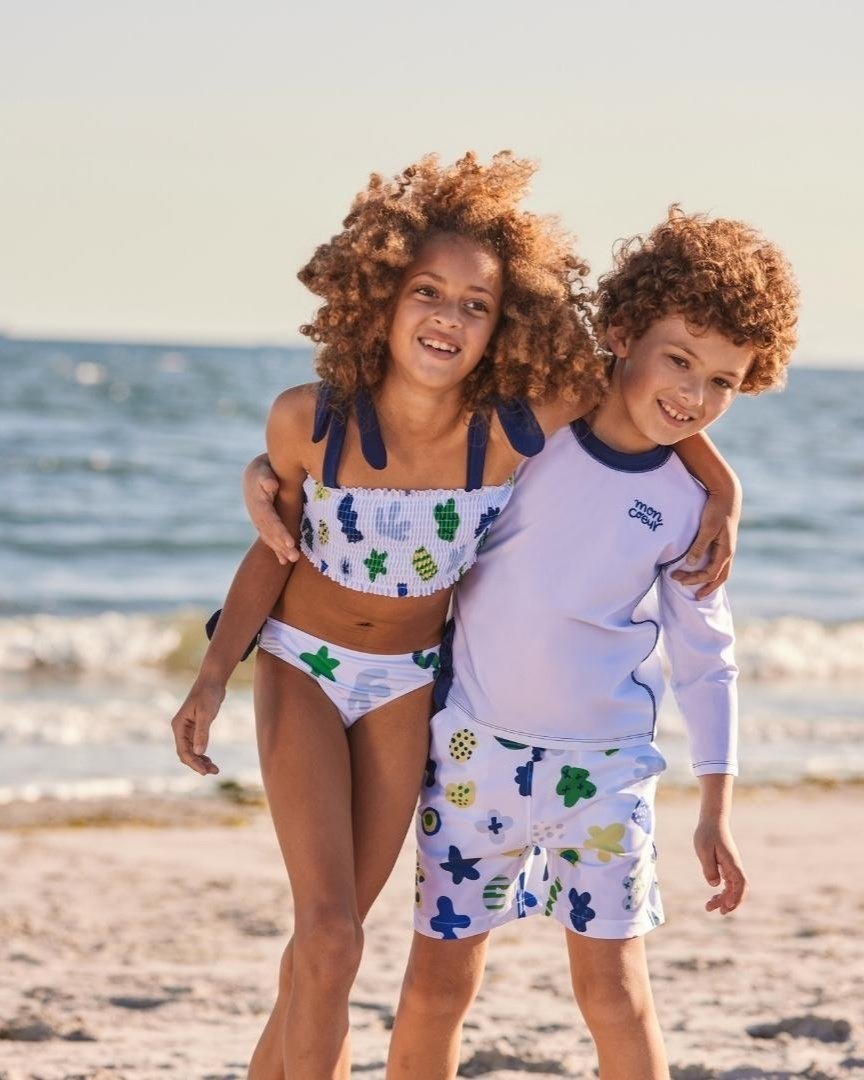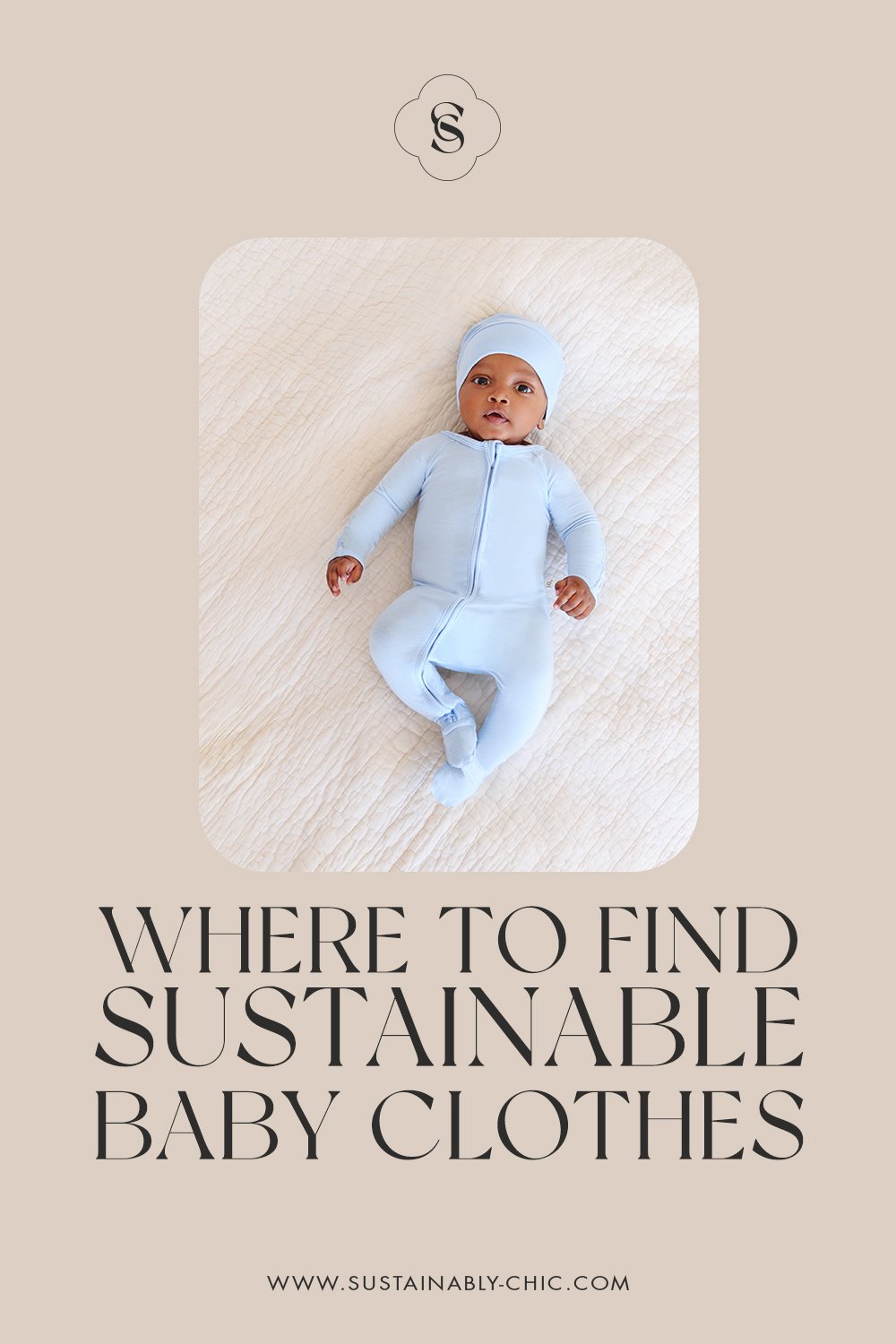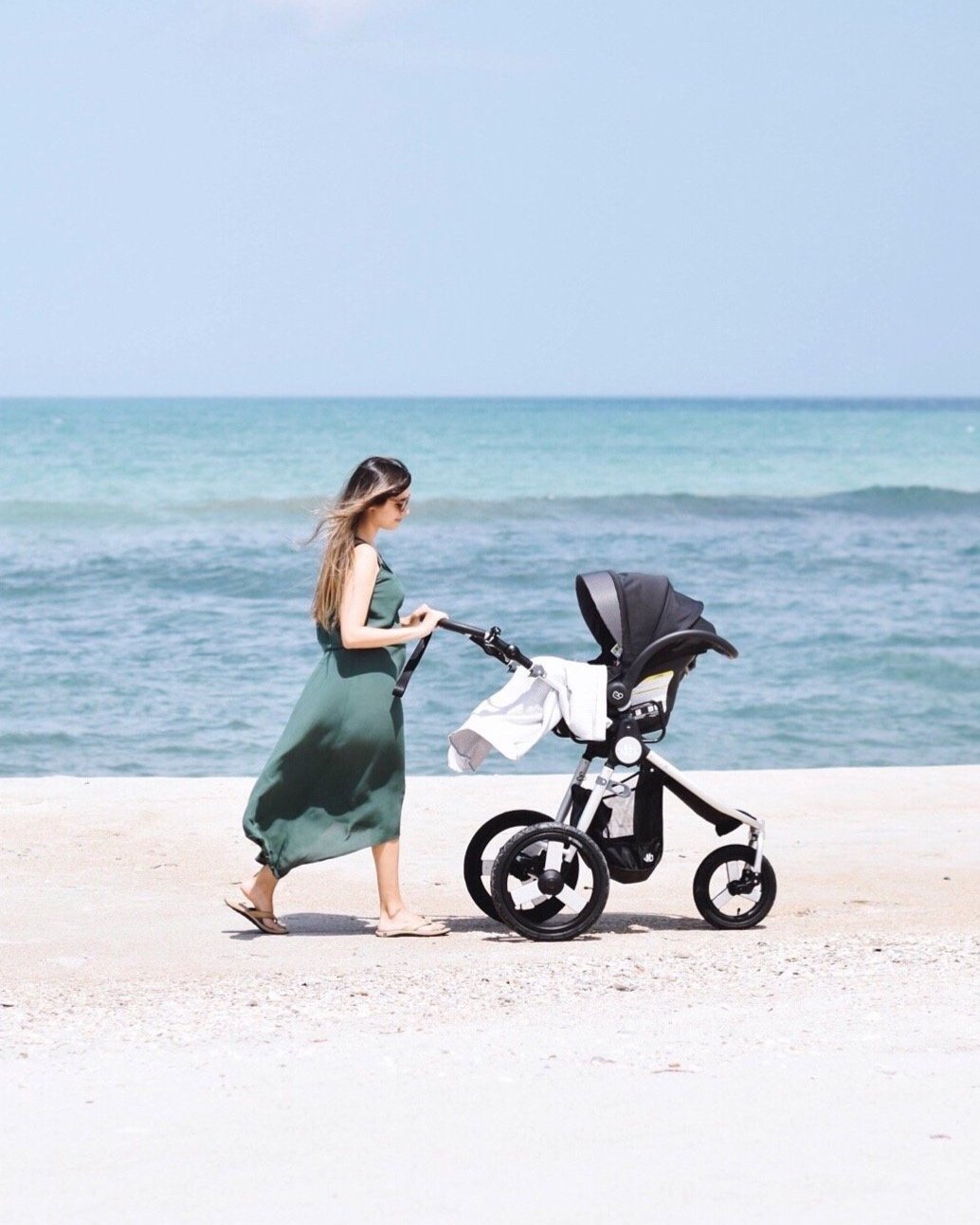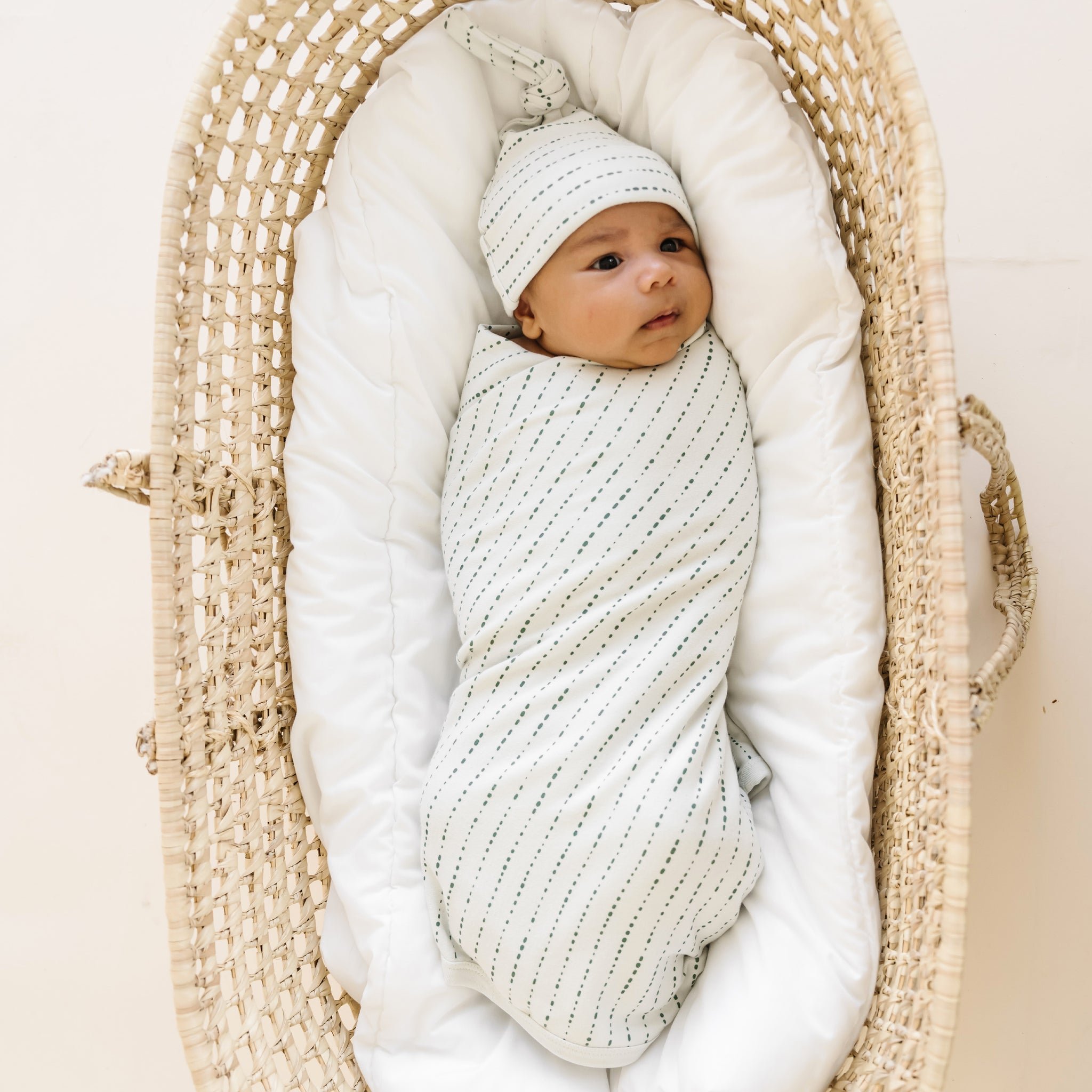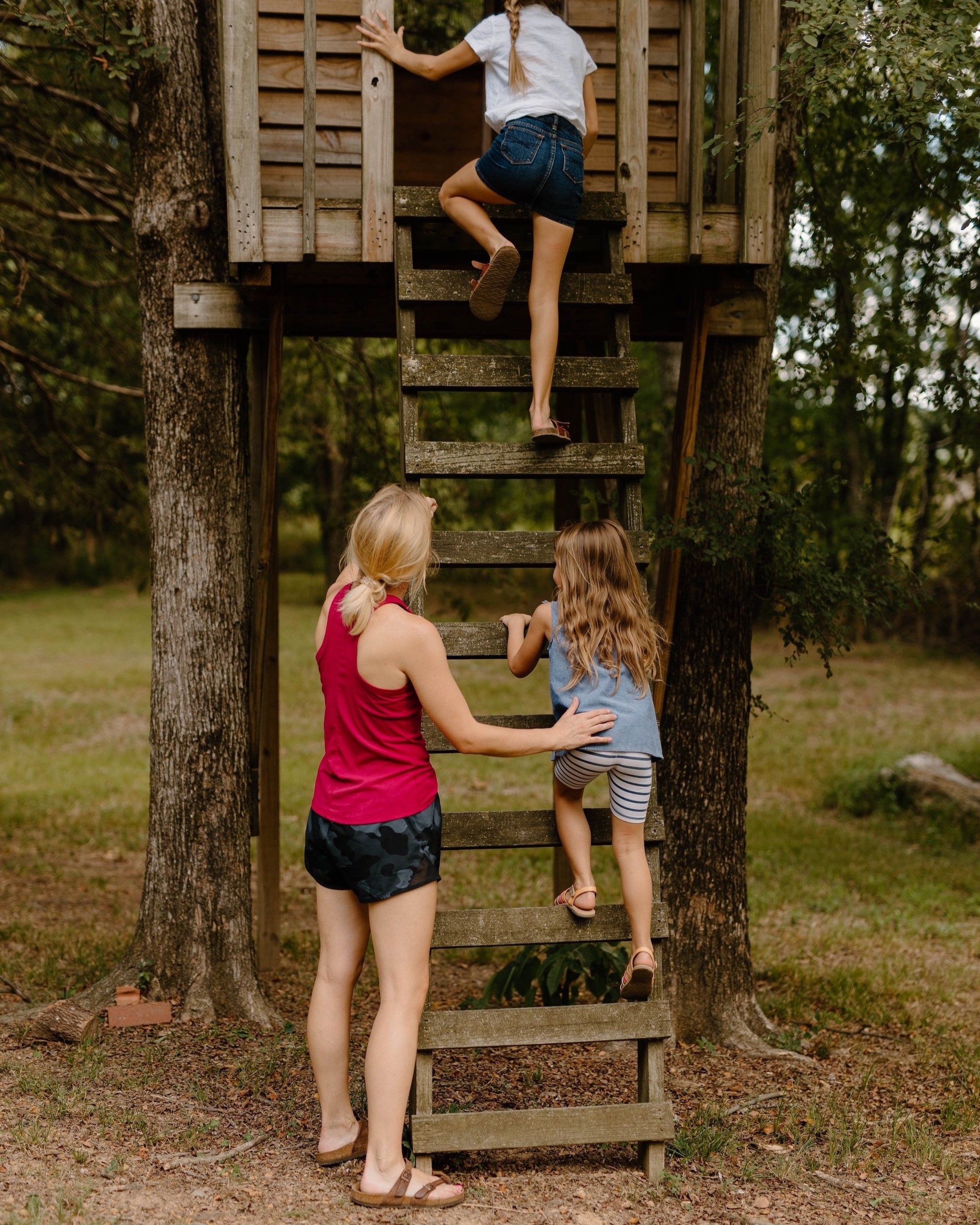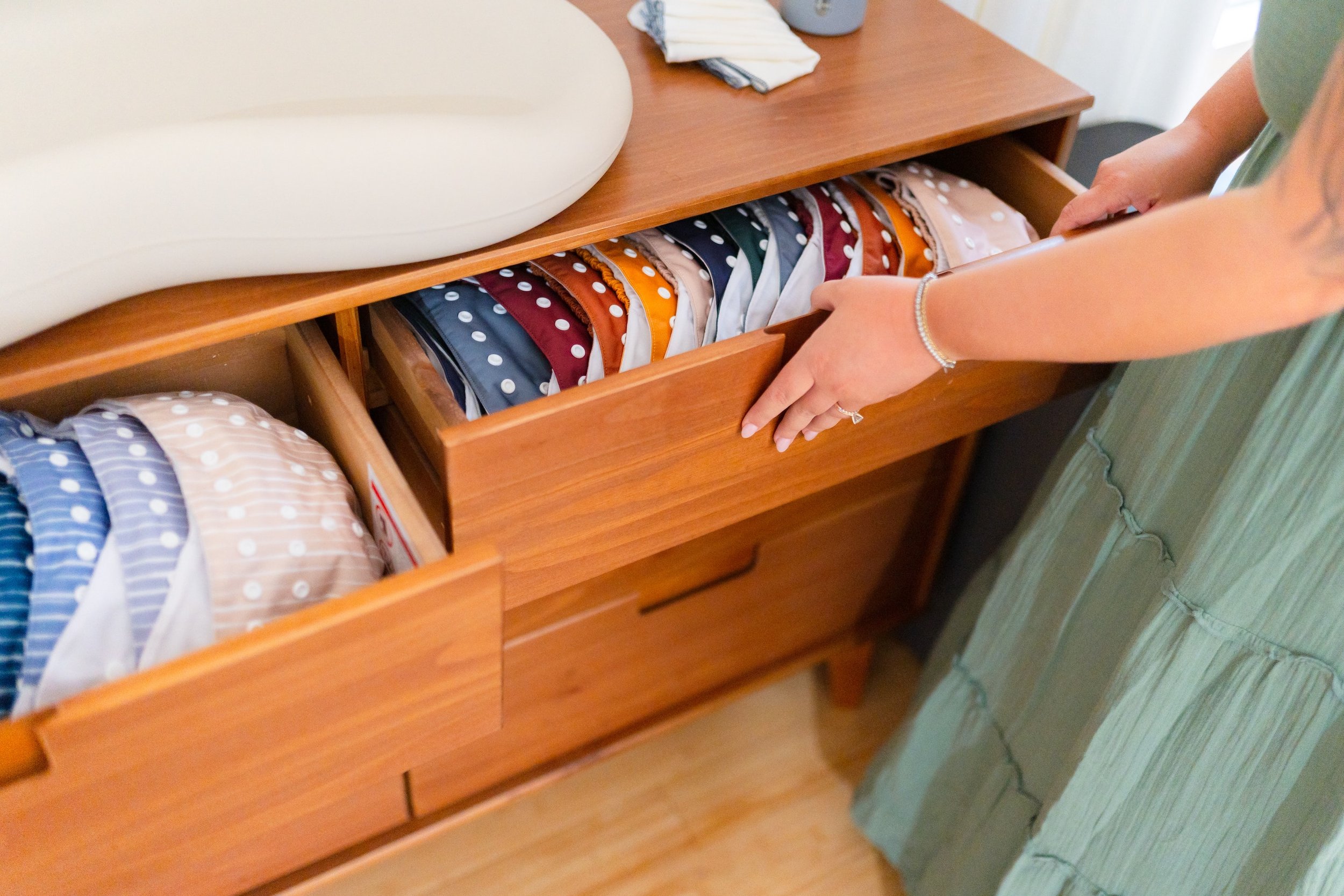
Our fashion priorities are shifting as we become more conscious of how our choices affect the planet and the people living on it. We’ve all been there - buying the trendiest accessories without a second thought about where they came from. But now, we’re all about making choices that really reflect our values. In this blog post, we’ll dive into vegan leather handbags, which are not just beautiful but also ethical. If you’re curious about what goes into a vegan handbag, this guide will help you make a thoughtful decision for your next purchase!
Disclosure: Some of the links below are affiliated; we may earn a small commission if you click through and make a purchase. We only feature brands that align with our values and contribute to a better world. Thank you for supporting these brands - and us!
Join us as we explore the spectrum of vegan leather alternatives, dissecting which ones align best with sustainability goals. Durability is often a concern on many people's minds when choosing their next handbag, so we'll be taking a look at how you can tell if a bag will stand the test of time.
Why Should You Shop Vegan Handbags?
There are a number of reasons why more people are choosing a vegan alternative when shopping for handbags now. The main reason is usually surrounding ethics and how people feel about using animals for fashion. More people are becoming aware of the realities of animal agriculture, and the fact that those same animals are suffering for fashion too. Whether you're vegan, vegetarian or simply an animal lover, you may feel that using an animal's skin, wool or fur doesn't align with your ethics and so you'll be opting for animal-free materials when you shop. There is also an ethical factor in regards to the humans who have to work with animal leather. The chemicals used in tanning animal leather are extremely toxic, and tannery workers suffer from high rates of cancer due to their exposure to these known carcinogens.
Another big reason people are increasingly switching to vegan leather handbags is for environmental reasons. While not all vegan leather alternatives are 100% sustainable themselves, we do know more about the true impact of using animal leather and how they compare against synthetic alternatives. A recent study by Collective Fashion Justice found that making cow skin leather is nearly seven times more climate impactful than synthetic leather by the square meter. The damage caused by animal leather on the environment includes toxic chemicals used for the tanning process, polluting waterways with factory wastewater, carbon emissions, plus excessive land and water use. We must absolutely factor in all the environmental impacts of animal agriculture before the material is produced, as this cannot be ignored in the process.
By choosing vegan handbags, we can actively reduce our environmental impact and reduce the number of animals killed for fashion.
What types of materials are used for vegan handbags?
There are more sustainable vegan alternatives to leather than ever before. Some are still in development and not widely available, but here are some that you can find on the market today:
- Mirum - made of a blend of FSC certified natural rubber, natural colorants like charcoal, natural fillers like clays, plant-based oils and waxes.
- Cork - made from the bark of cork trees (without the trees being cut down) and is completely biodegradable.
- Mycelium - bio-based and produced from mycelium - the branching, root-like vegetation part of fungi.
- Fruit leather (including orange, mango, pineapple, apple and grape) - 45% of all fruits and vegetables grown globally are discarded between the field and the plate. Fruit leather makes use of the waste of these different fruits and creates partly bio-based materials.
- Cactus leather - made up of dried cactus powder backed on woven material.
- Treekind - made from sustainably sourced wood, Treekind is completely free from plastic and recyclable, and estimated to use less than 1% of the water cow skin leather production does.
- Washable paper - FSC trees can be used to create washable paper, a recyclable and biodegradable alternative to leather.
The most commonly used (and less sustainable) alternatives to leather include PVC and PU. These materials are not ideal because, although they impact the environment less than animal-derived materials, they still rely on fossil fuels and do not biodegrade.. However, you can get recycled PU leather which doesn't require extracting new fossil fuels, hugely reducing its environmental impact.
Are Vegan Leather Handbags Durable?
Many people worry about how long vegan leather goods will last. They think these items might not hold up or could peel because vegan leather is often thinner than animal leather. However, when you look at vintage shops, you can find animal leather jackets and bags that have also peeled or cracked. This happens because animal leather needs a lot of care to stay soft, and not everyone is willing to put in that effort.
Durability is fundamentally linked to how well you care for a product, especially with handbags. You have the power to control the wear and tear by ensuring proper storage and minimizing exposure to damage. Not all materials are equal; the quality of the vegan alternative used to make the bag plays a significant role. Follow the care instructions for your vegan handbag to ensure its longevity.
Our Top Picks for Vegan Leather Handbags:

1. Pixie Mood
Materials: Recycled vegan leather, cork
Price: $26 - 118
Pixie Mood specializes in crafting sustainable handbags using recycled vegan leather, cork and recycled rPET for the lining material.
With a wide range of different bag styles including weekender, bucket, waist, shoulder, tote and crossbody, you’ll have no problem finding something to suit your style.
They also offset their carbon emissions and use biodegradable packaging.
Pixie Mood is a member of 1% for the Planet and Terrapass and partners with One Tree Planted and Humane Society to drive positive change for our planet.

2. Sans Beast
Materials: AppleSkin™, MIRUM®, recycled PU
Price: $50 - 285
Discover the avant-garde world of Sans Beast.
This brand specializes in creating remarkable and eye-catching bags crafted from high-quality vegan leather, ensuring that their products are not only fashionable but also cruelty-free.
By prioritizing ethical and transparent sourcing practices, Sans Beast upholds a strong commitment to sustainability and accountability in the fashion industry. Their dedication to animal-friendly materials sets a new benchmark for accessories, appealing to conscious consumers who value both design and moral responsibility in their choices.

3. Svala
Materials: Piñatex® (Pineapple leather), MIRUM®, cork, PU, BioVeg
Price: $220 - 298
Svala handbags are crafted in LA with materials sourced from Europe. The brand stands out by offering a diverse selection of vegan leather alternatives for its handbags, integrating innovative materials such as Piñatex®, a sustainable textile made from pineapple leaf fibers, and MIRUM®, a plant-based alternative to synthetic leather. Additionally, Svala incorporates eco-friendly options like cork, known for its renewable properties, and BioVeg, which is created from recycled polyester derived from plastic bottles, combined with bio polyols for a reduced environmental footprint.
Svala donates 10% of profits to various charities and organizations, including Wild Aid, whose mission is to end the illegal wildlife trade.

4. Will’s Vegan Store
Materials: Bio-based vegan leather
Price: $52 - 170
Find satchels, briefcases, duffel bags and backpacks at Will’s Vegan Store.
Classic designs and high-quality craftsmanship give these bags such a timeless feel.
Their bags are handmade with Italian vegan leather made with plants created with bio oil sourced from organic cereal crops grown in Northern Europe in a carbon neutral process.
Will’s Vegan Store produces their bags in Portugal under European Union employment, discrimination and health & safety law.

5. Poppy Barley PLNT Collection
Materials: Cactus Vegan Leather
Price: $137 - 332
Poppy Barley's PLNT collection features luxury vegan handbags made from Desserto®, an innovative leather alternative derived from nopal cactus. This plant-based material is cruelty-free and requires minimal water for production. The collection includes a variety of styles such as the Multitasker Backpack, 3-in-1 Wristlet, Card Holder, and Right Size Tote, all designed for durability and water resistance. The cactus is sustainably harvested in Mexico, and the bags are assembled in solar-powered, family-owned factories, ensuring ethical production practices. Poppy Barley's commitment to sustainability and ethical craftsmanship is evident in this innovative line of accessories.
*please note: only the handbags from the PLNT collection are vegan

6. Von Holzhausen
Materials: Technik-Leather
Price: $295 - 495
Von Holzhausen creates minimalist bags known for their timeless appeal and sustainable construction.
Find shoppers, totes, crossbodies and more in their collection.
These bags are made from animal-friendly Technik-Leather, a material free of PVC and other harmful substances, embodying their dedication to luxury with an eco-friendly approach.
You can even send your bag back if it’s reached the end of its lifespan and Von Holzhausen will recycle it for you.

7. LaBante London
Materials: PU, recycled polyester
Price: $125 - 540
LaBante London specializes in vegan leather handbags made from ethically sourced materials, including recycled plastic bottles and vegetable-derived polyurethane (PU).
They offer a stylish range of products, including totes, crossbody bags, and backpacks.
LaBante is dedicated to ethical production practices and only partners with factories that hold SEDEX Certification. This certification ensures transparency in business practices and guarantees that workers are treated with respect.

8. Mashu
Materials: Piñatex®, Frumat (apple leather), VEGEA, BioVeg
Price: $259 - 596
Founded in 2017 by Greek designer Ioanna Topouzoglou, Mashu combines style and consciousness to create luxury pieces from eco-friendly materials.
Their handbags are designed with Art Deco and Cycladic architecture serving as inspiration, with incredible use of different materials and asymmetric silhouettes.
The gold plated hardware and organic shapes of the handles really make these bags stand out in a crowd and proves you don’t need animal leather to achieve high-quality, fashion-forward products.

9. Stella McCartney
Materials: VEGEA, Mylo™, MIRUM®, Alter Nappa (PU leather)
Price: $425 - 2,650
British designer brand, Stella McCartney, is renowned for its luxurious vegan handbags made from innovative leather alternatives such as VEGEA (grape-based leather), Mylo™ (mushroom leather) and MIRUM.
The brand is committed to sustainability and ethical practices throughout its supply chain and is constantly exploring new technologies and processes to improve environmental practices and make sustainable vegan alternatives more accessible.
Stella McCartney’s most famous handbag is the Falabella, but they make crossbody bags, totes, shoulder bags and backpacks.

10. Gunas
Materials: PU coated canvas, recycled rPET
Price: $156 - 299
Founded in 2009, Gunas promotes conscious consumerism by offering cruelty-free, PETA-approved vegan leather handbags made from recycled materials.
The term "Gunas" comes from Sanskrit and translates to "quality, peculiarity, attribute, or tendency."
Their collection features a variety of styles, including clutches, totes, crossbody bags, and backpacks.
Additionally, Gunas is both women and minority-owned.

About the Author
Sarah King is a freelance writer with a focus on vegan fashion, sustainability and ethically made clothes. She campaigns for change in the fashion industry through her blog and on her Instagram page.
WANT TO FIND MORE SUSTAINABLE BRANDS?
The Brand Directory features hundreds of sustainable brands approved by us!
We have broken everything down by category for easy shopping, along with discount codes unique to Sustainably Chic viewers.

